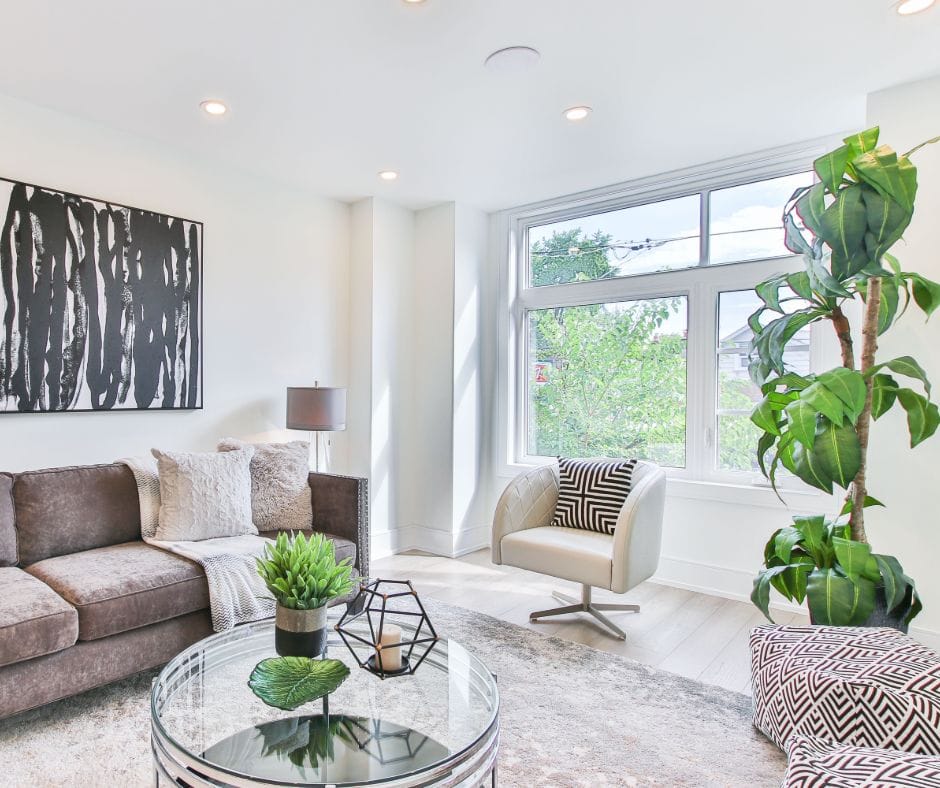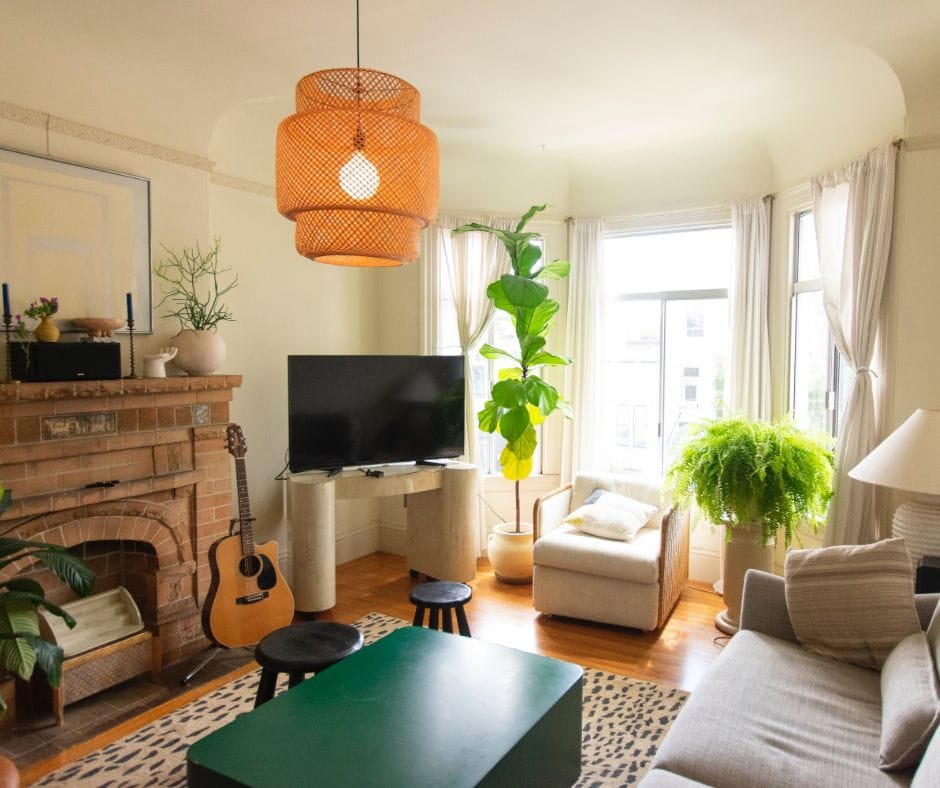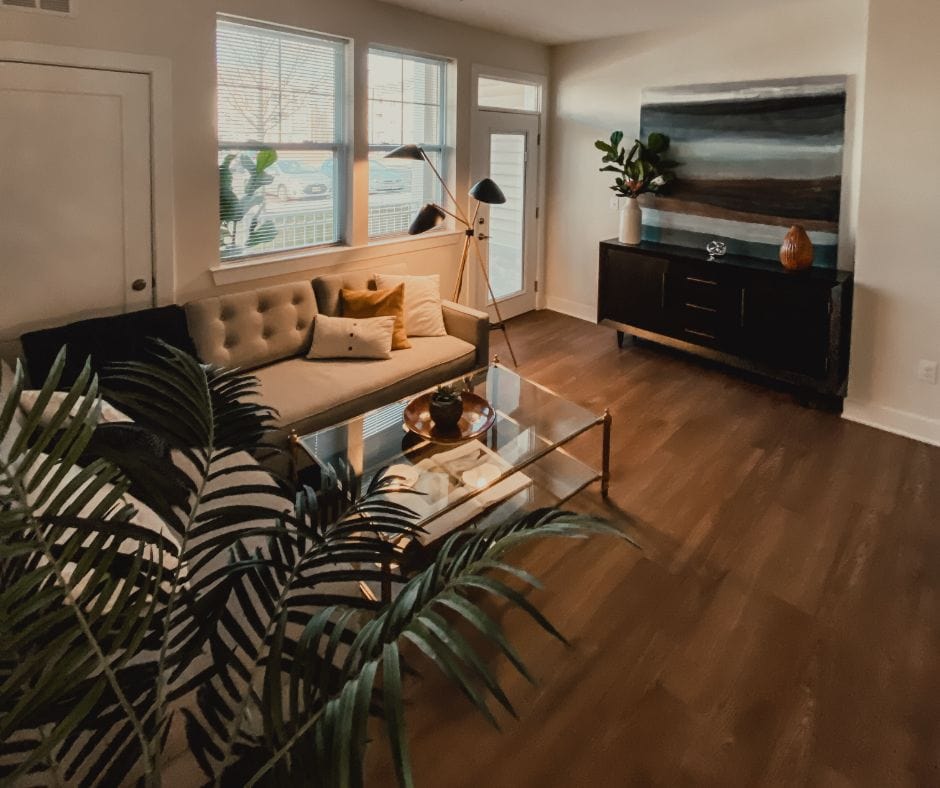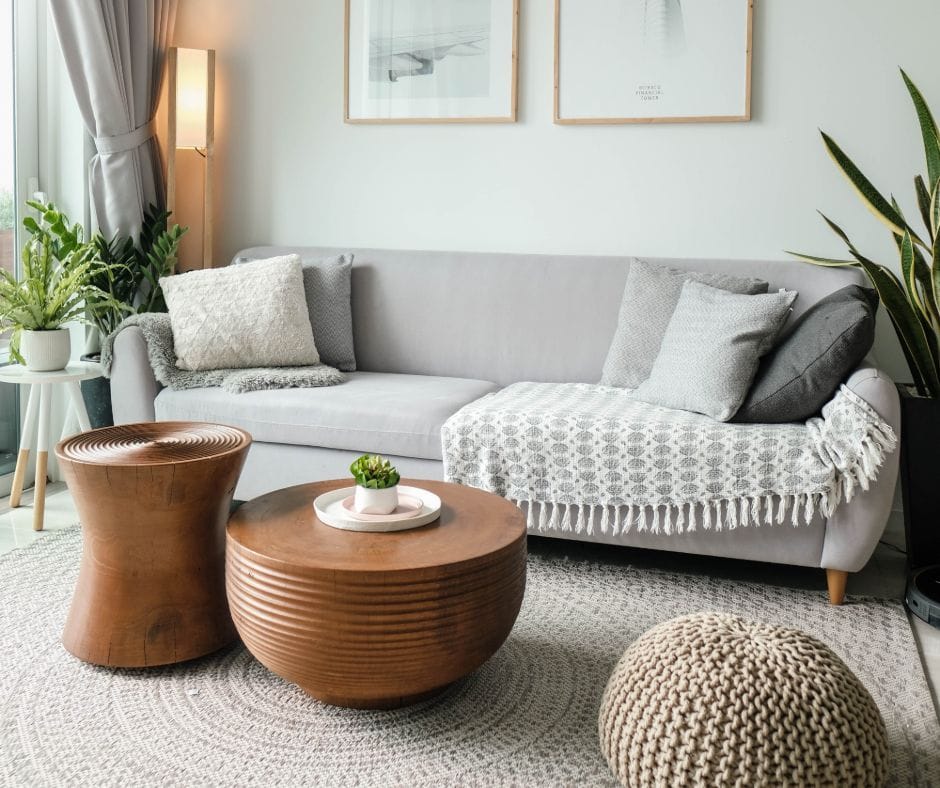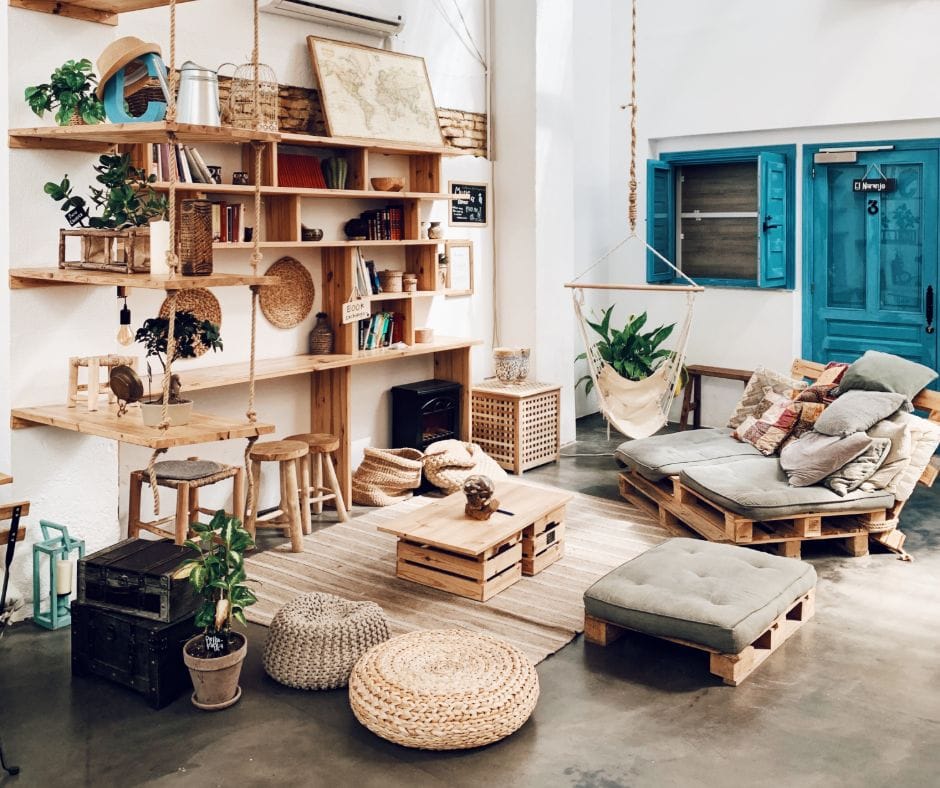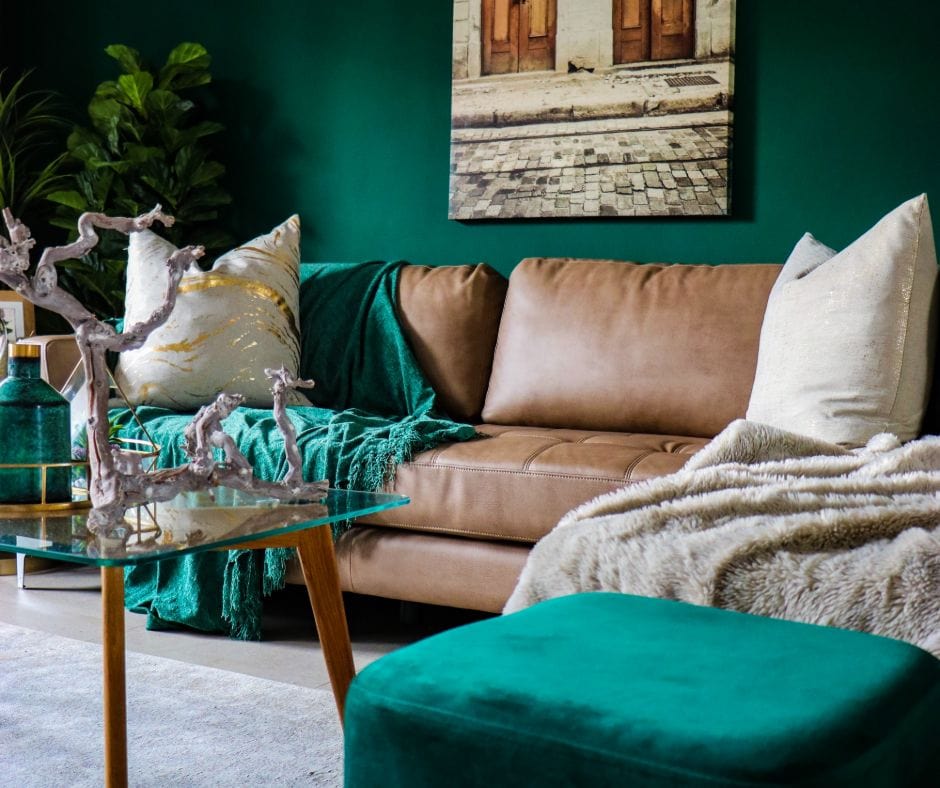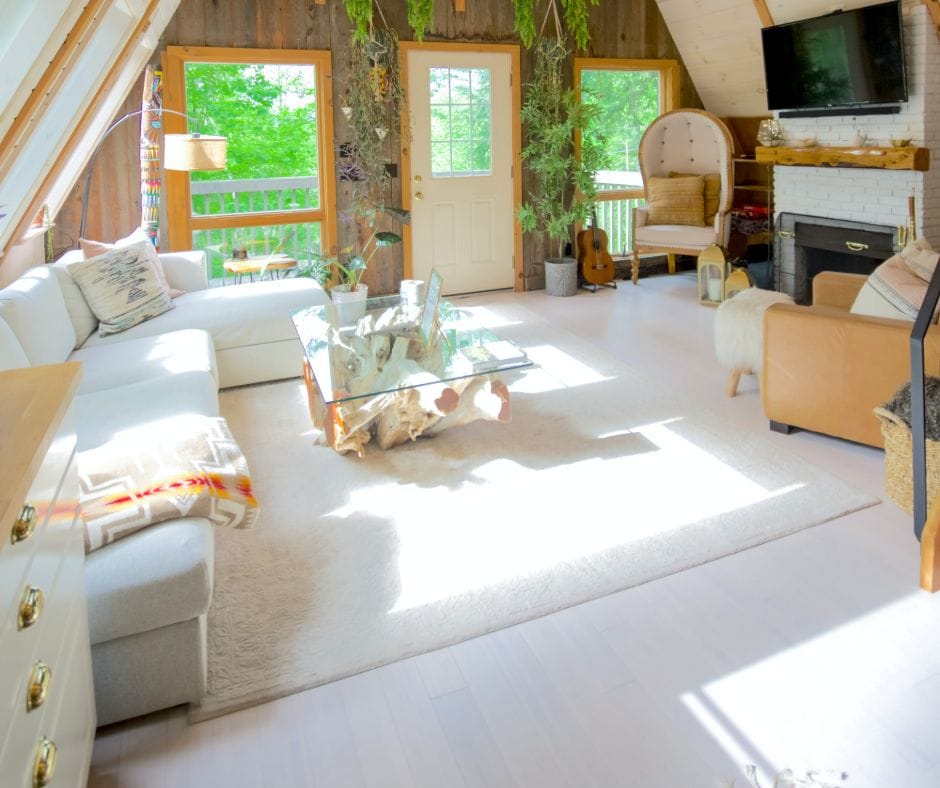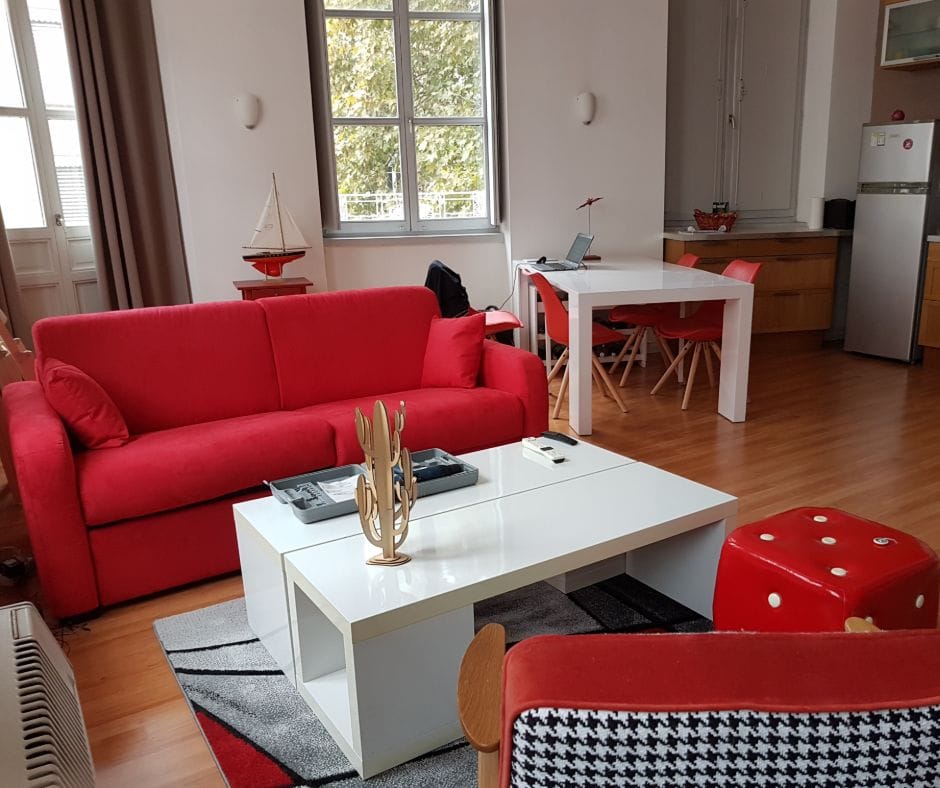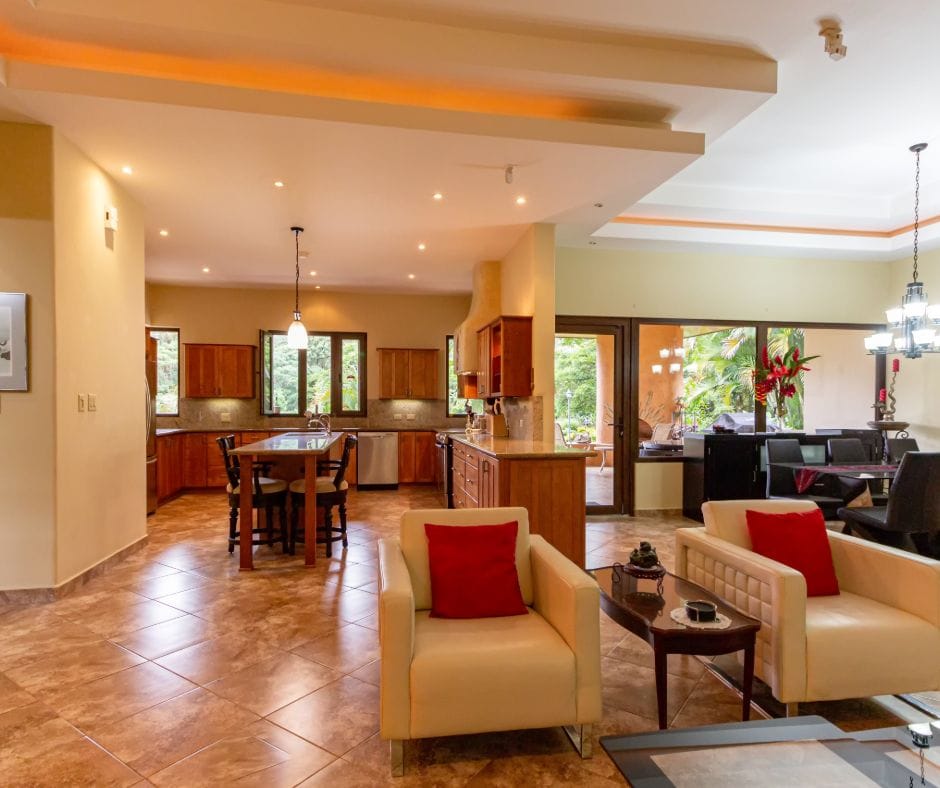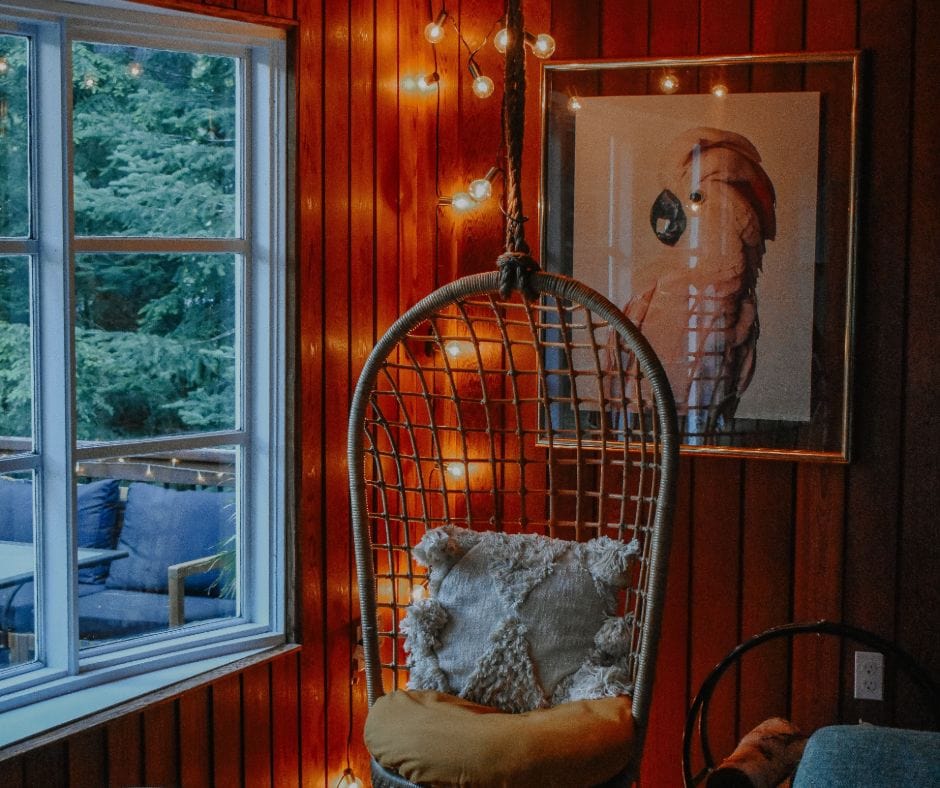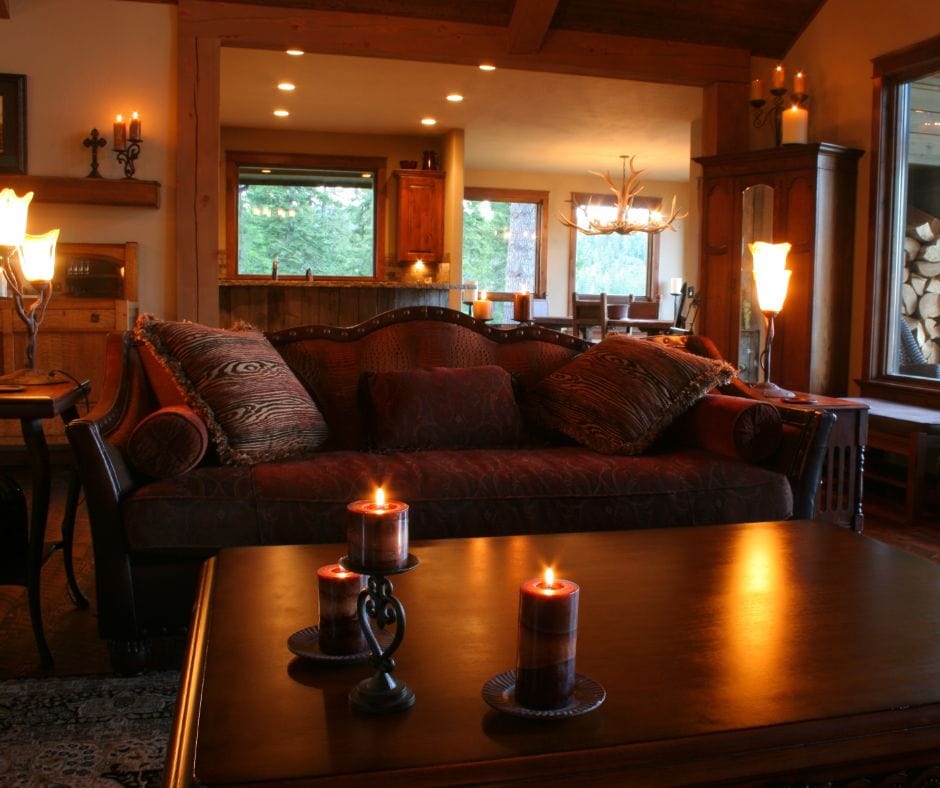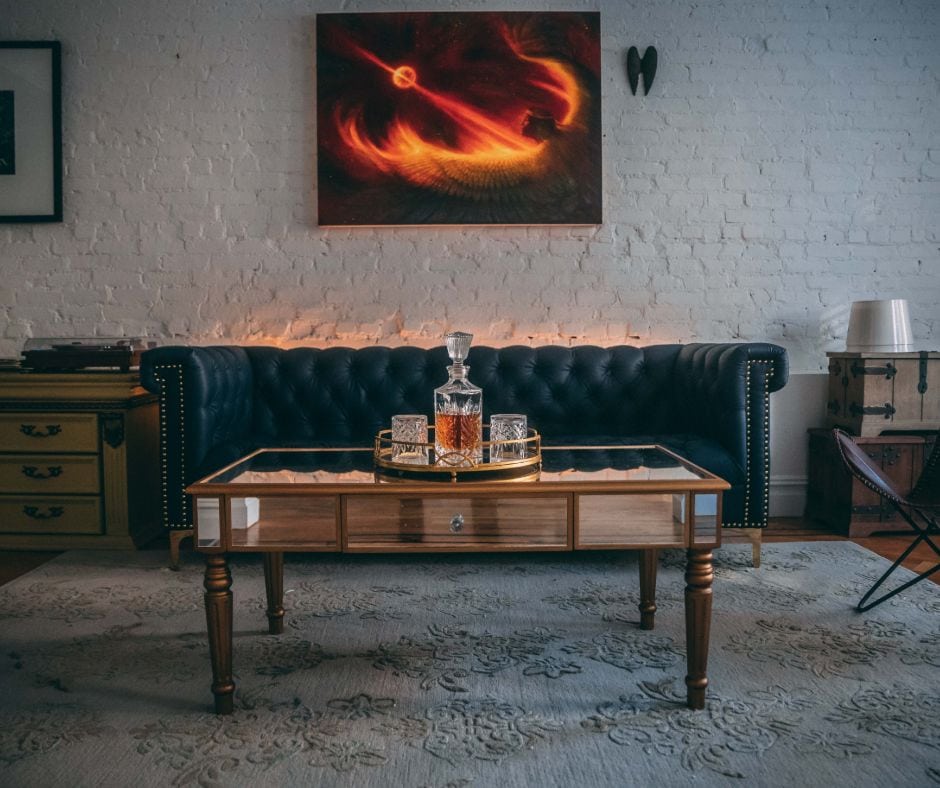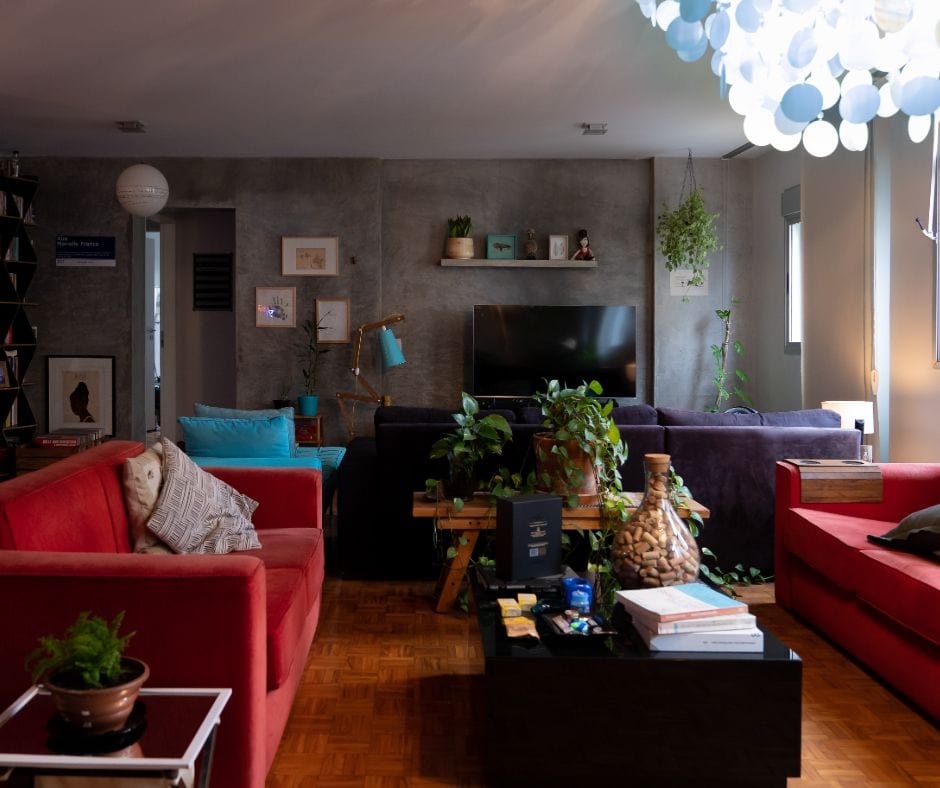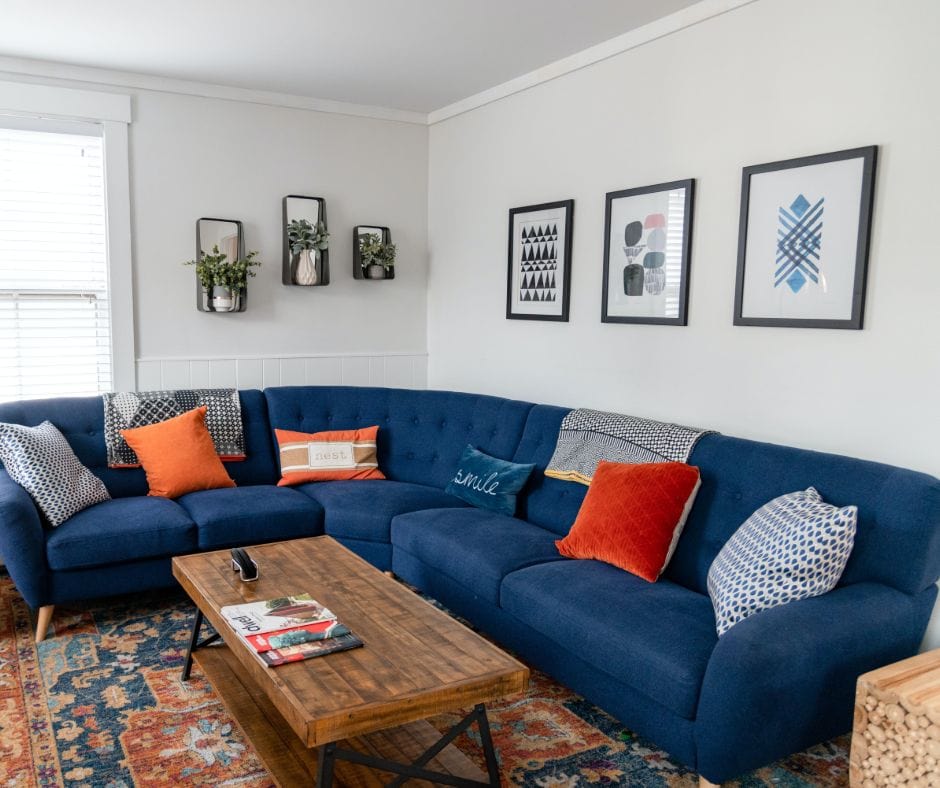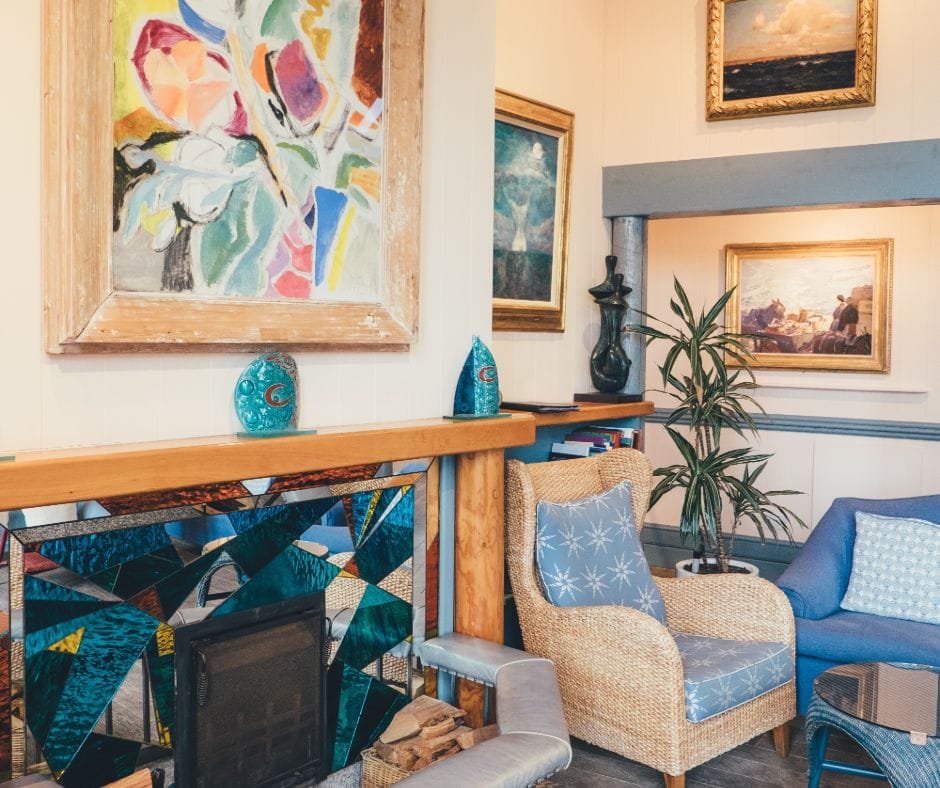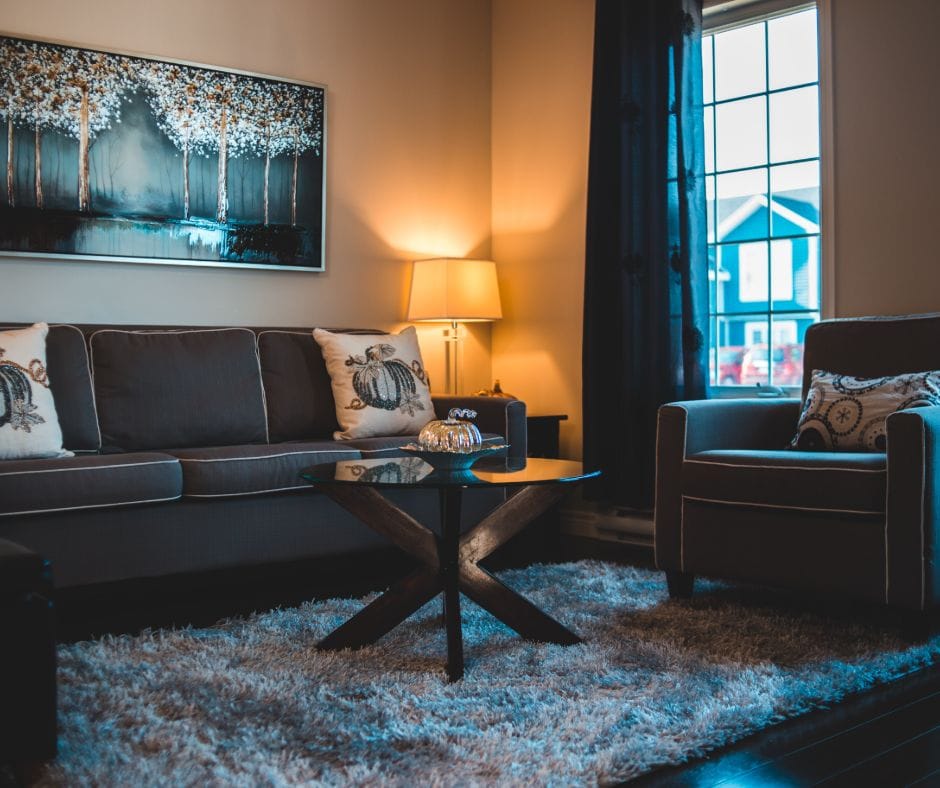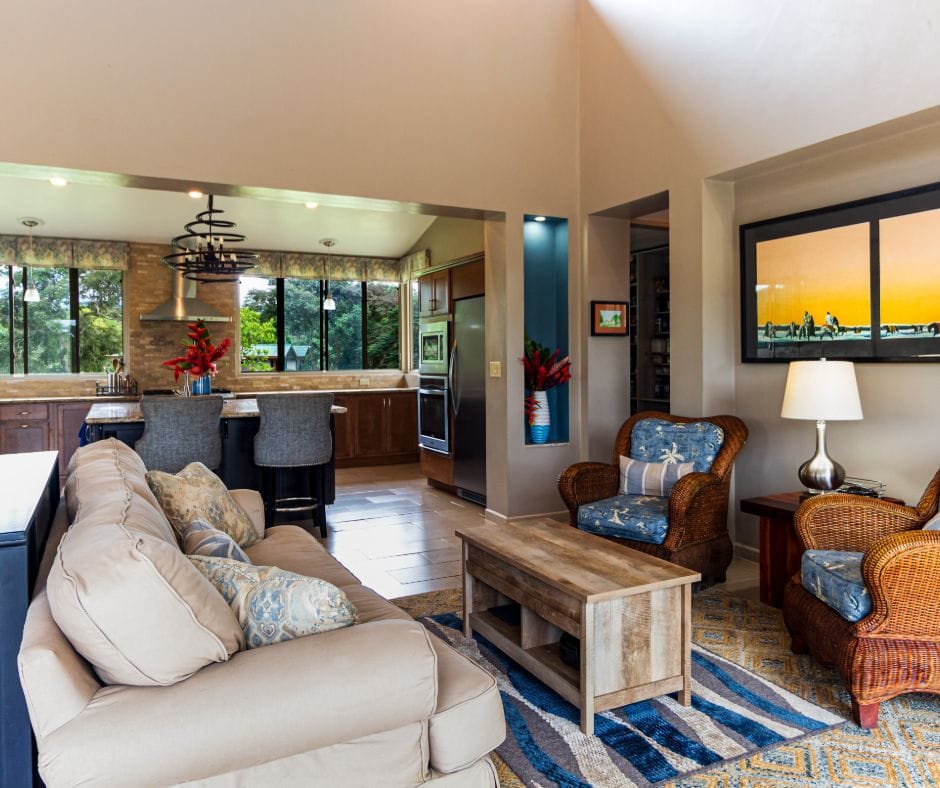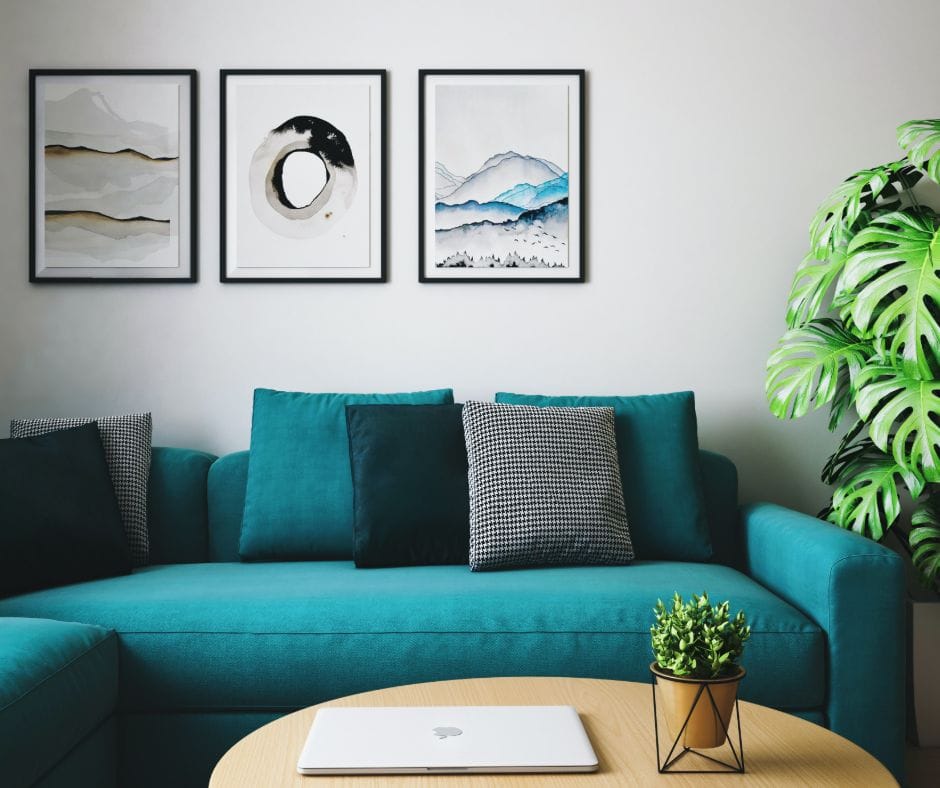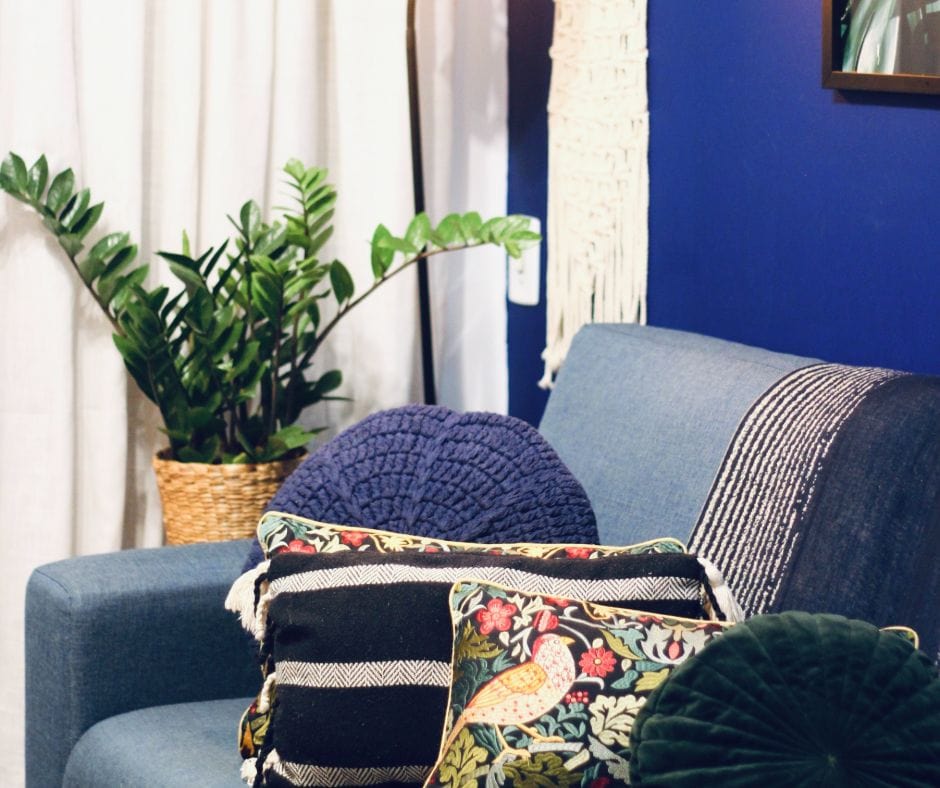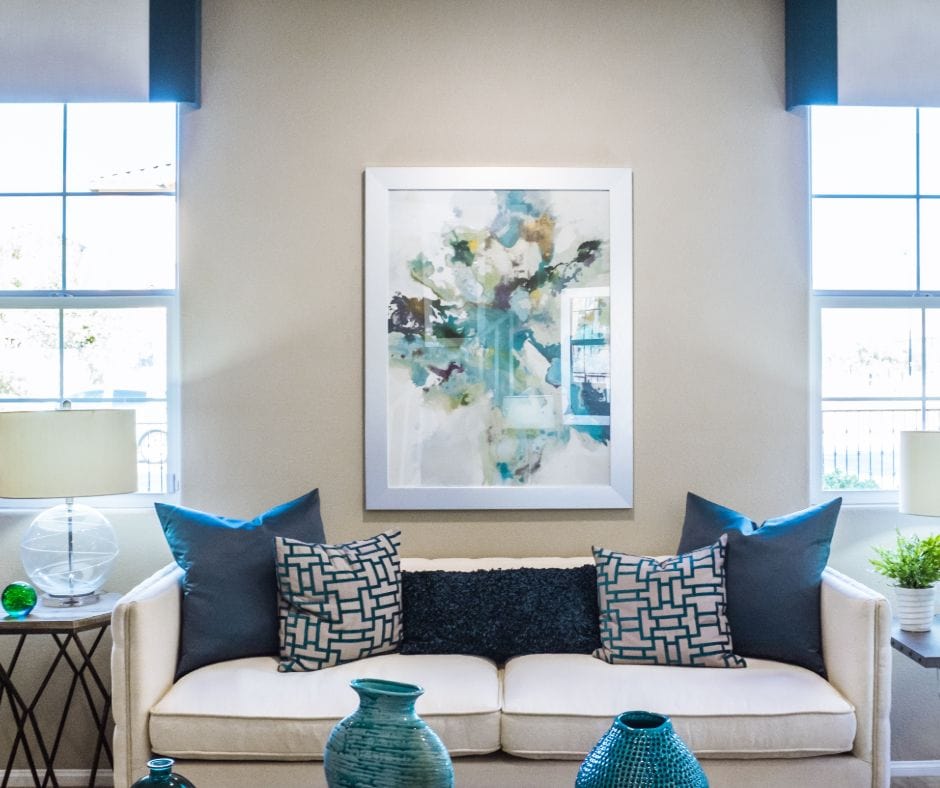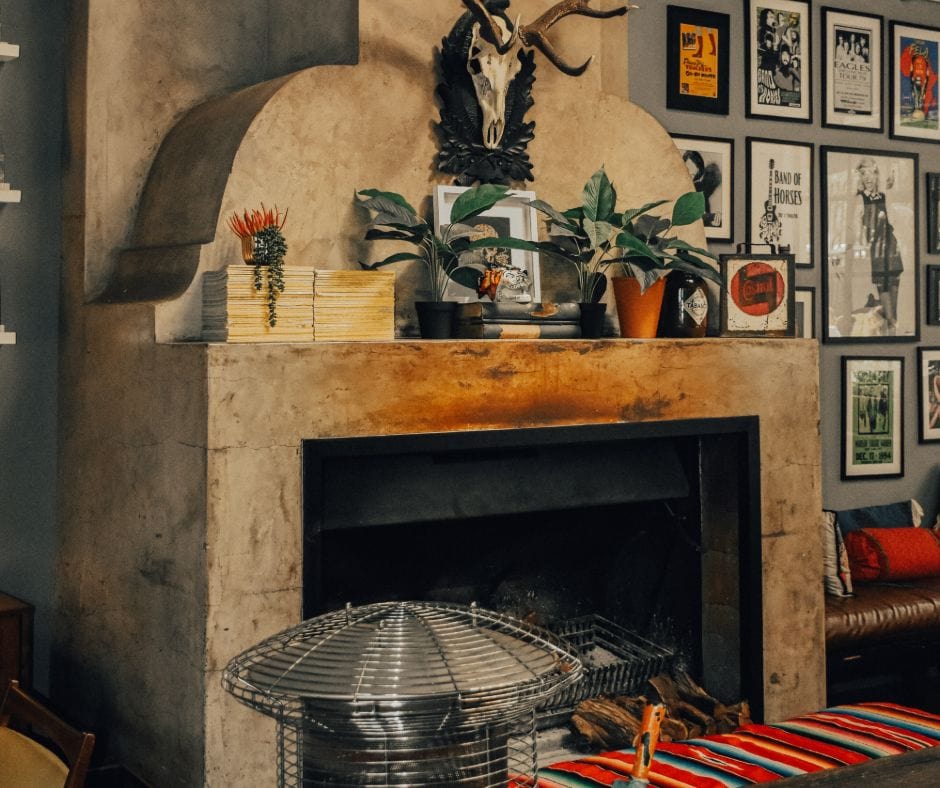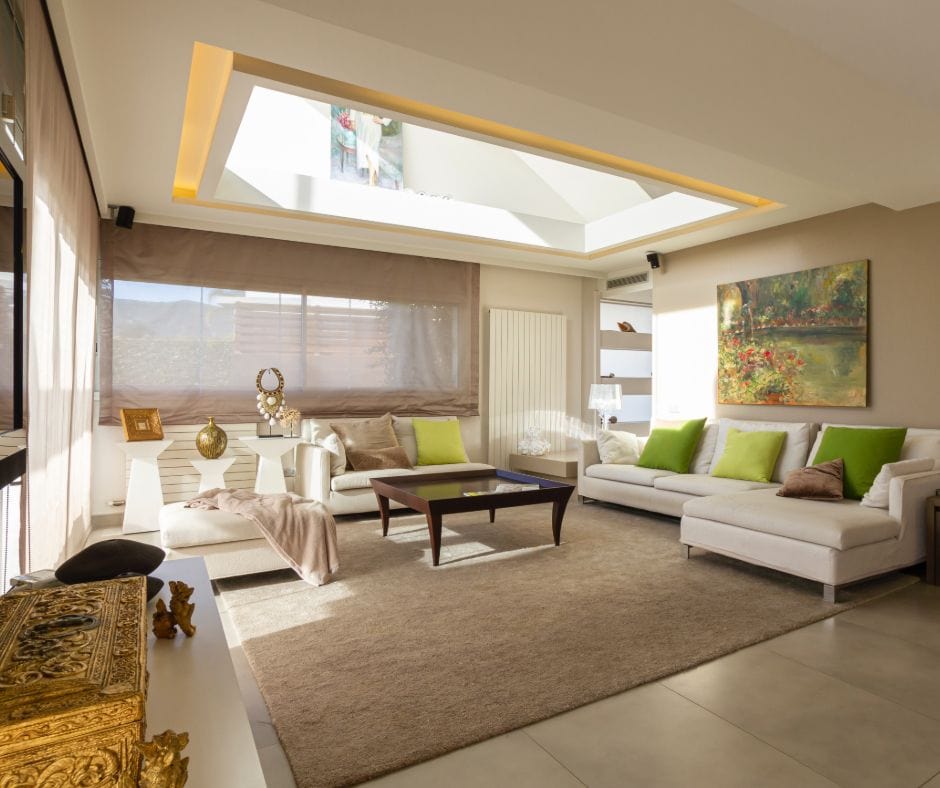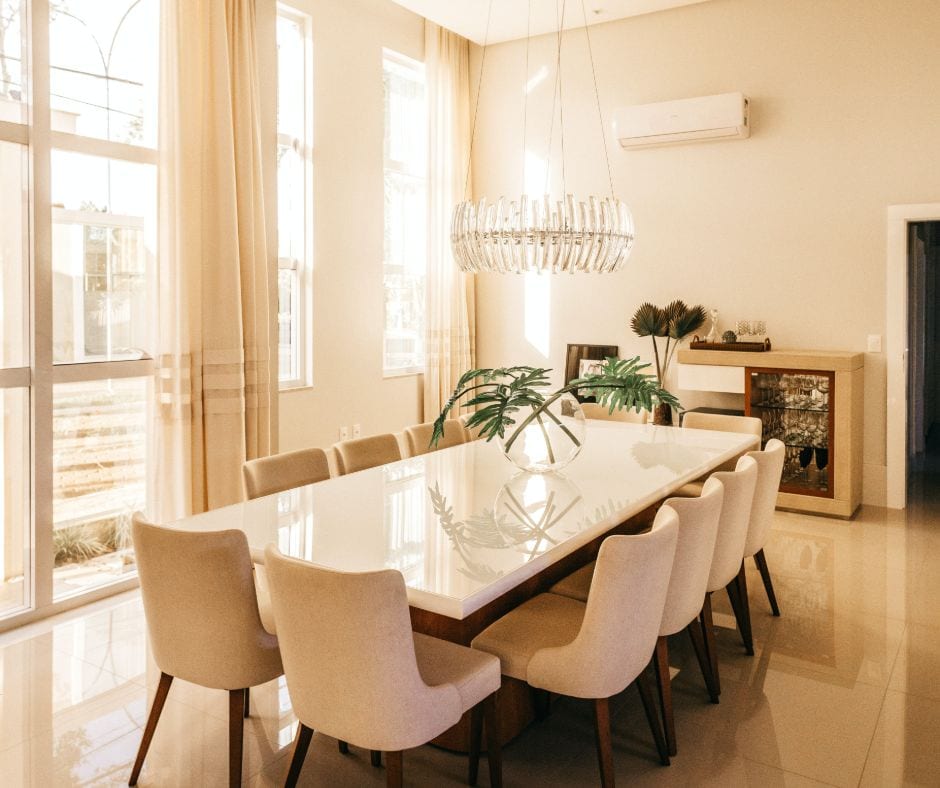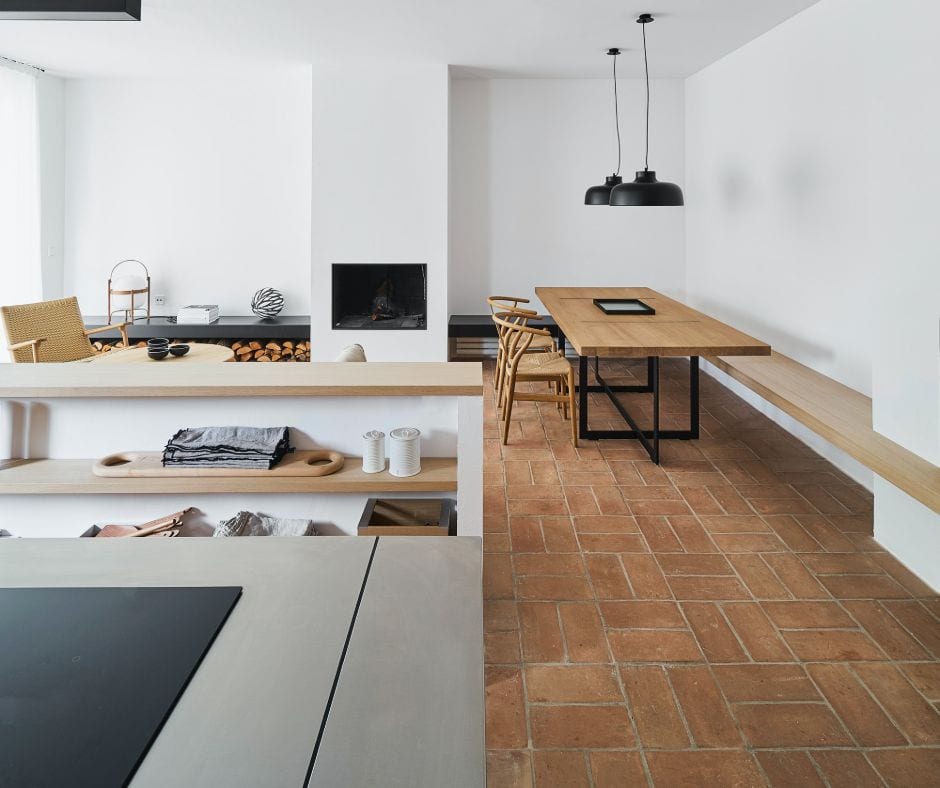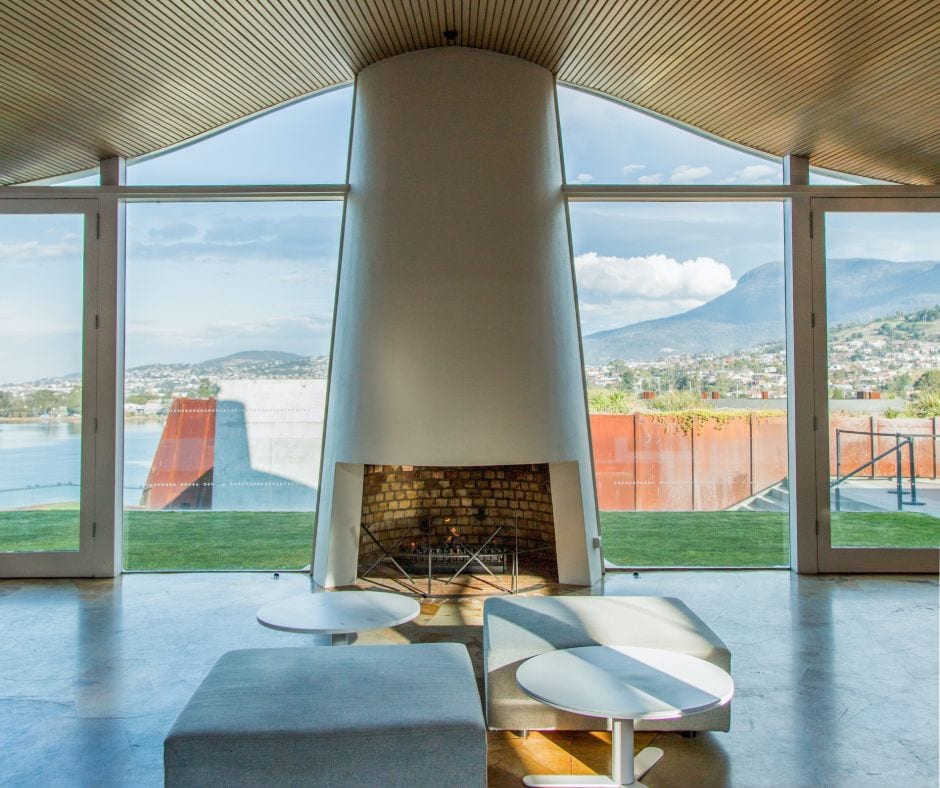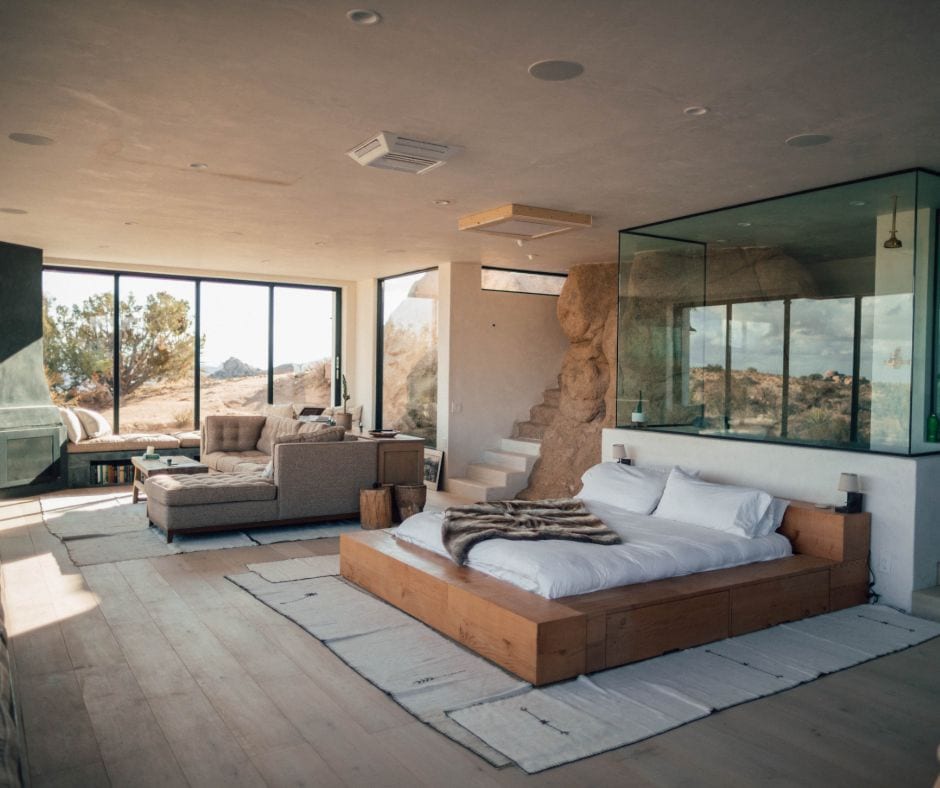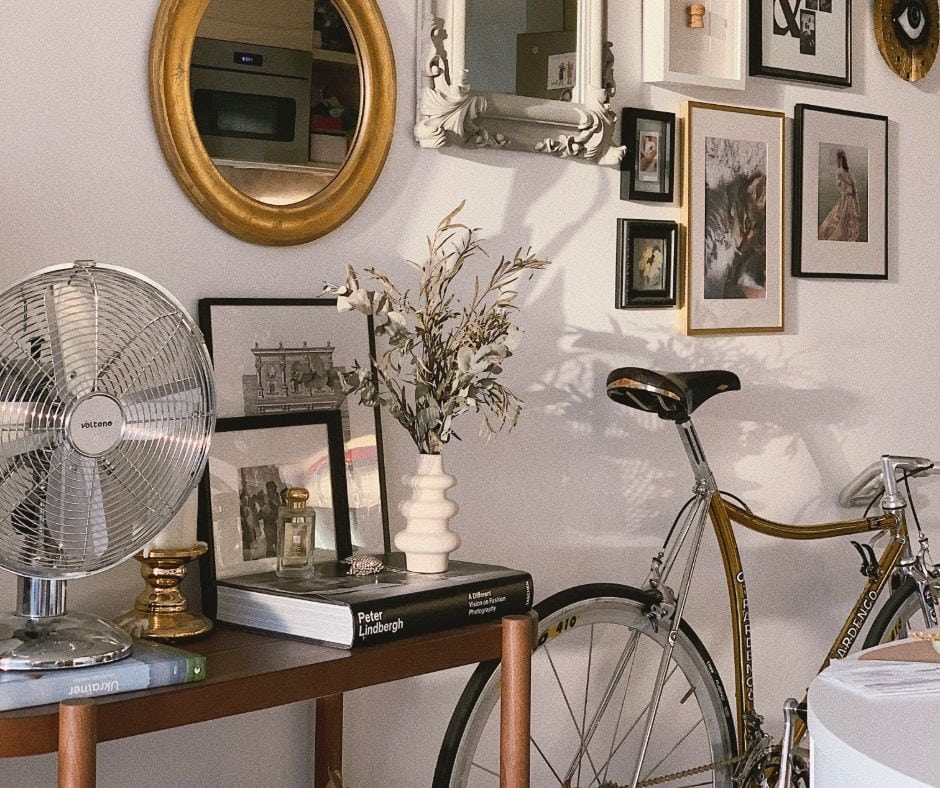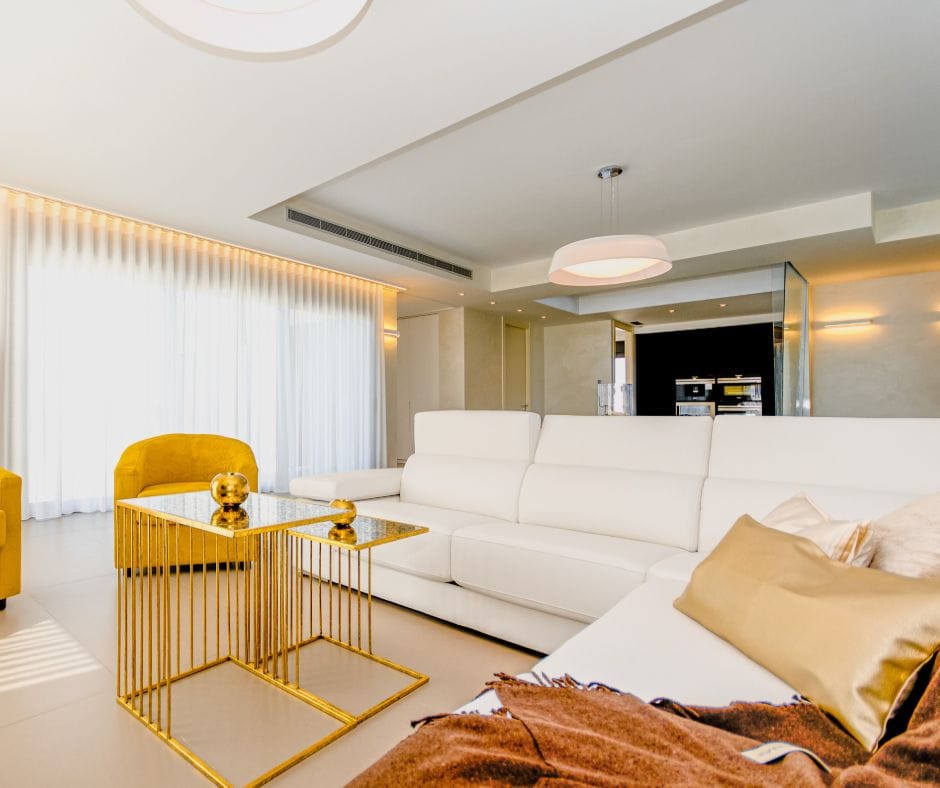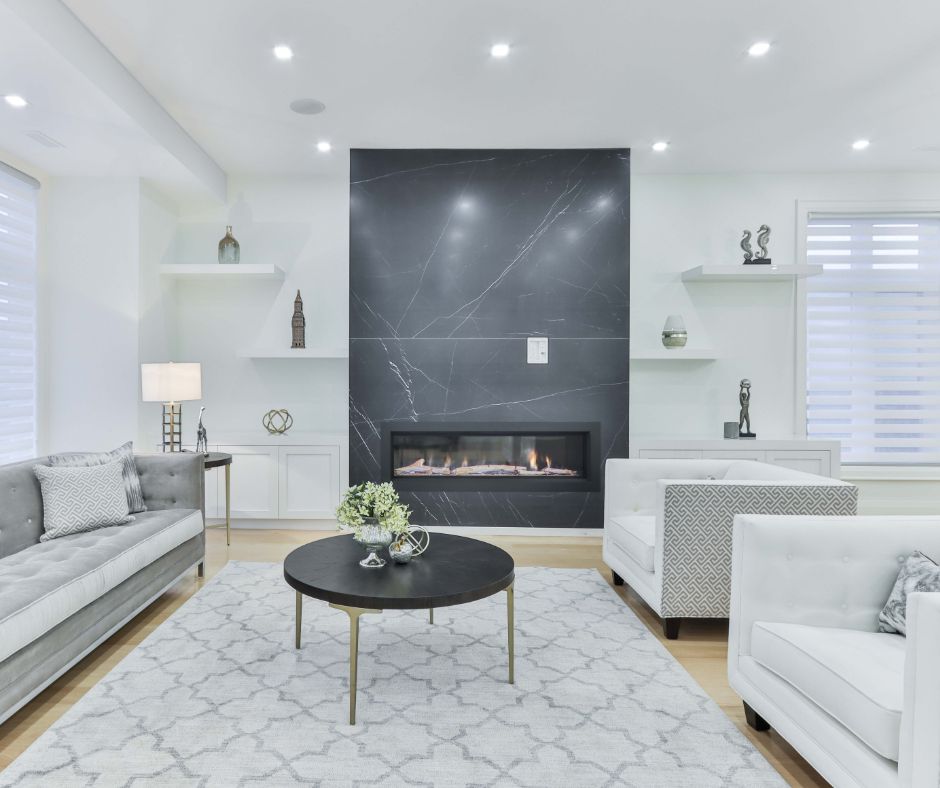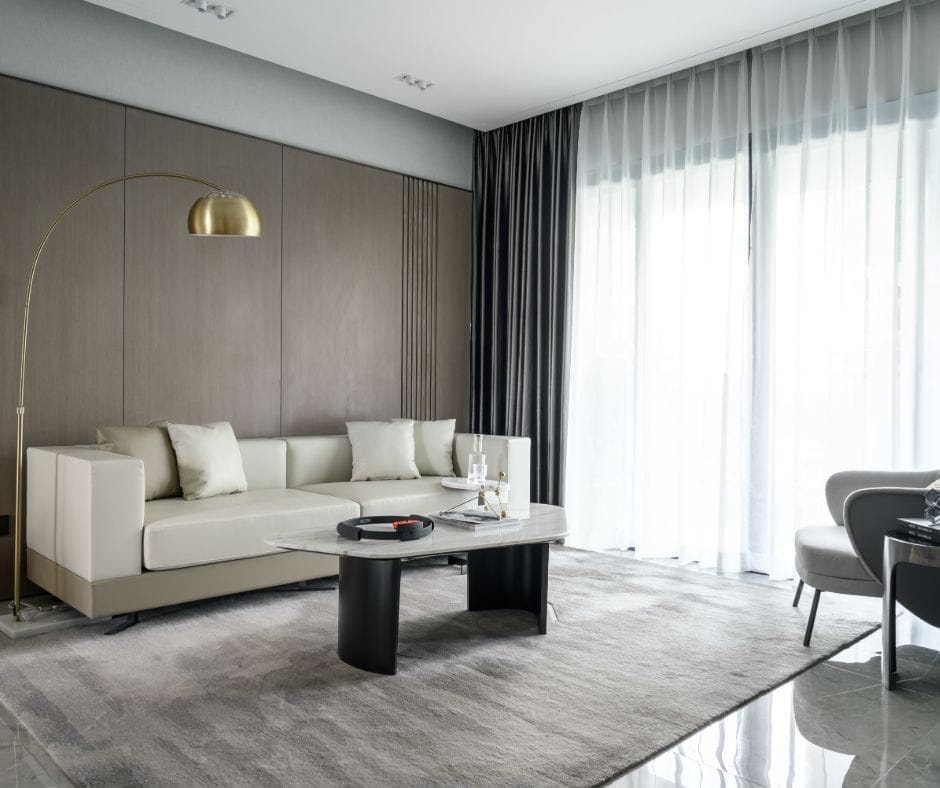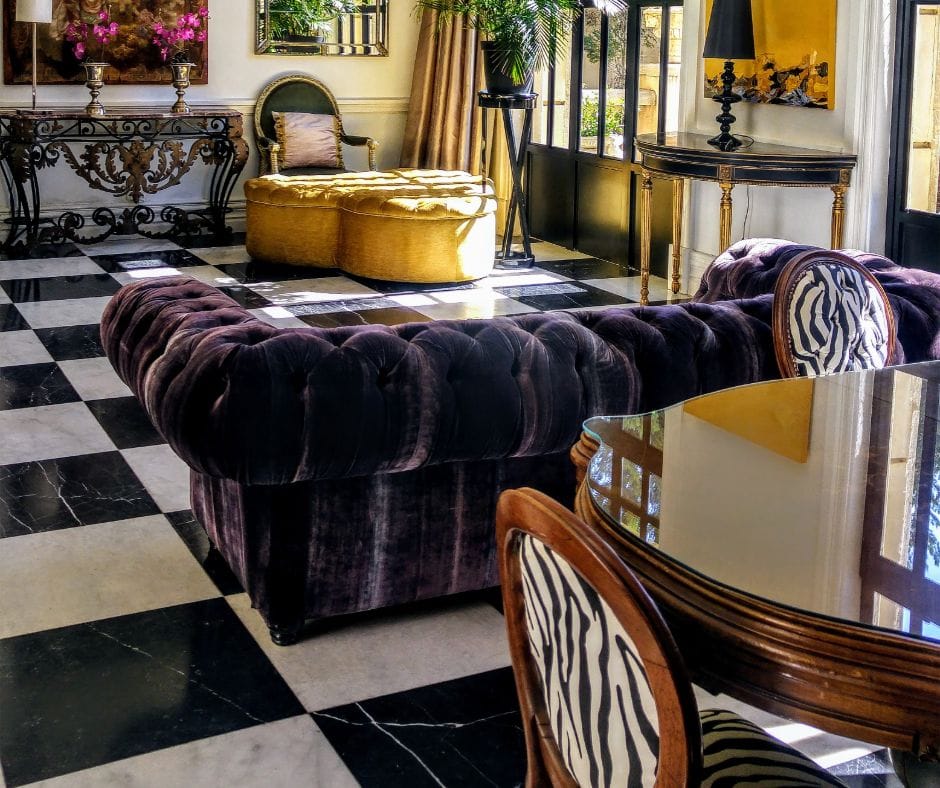
Written By: Kate
In This Article We'll Discuss
What is Feng Shui?
Feng Shui is a method to use the forces of energy to harmonize people with their surrounding environments. If you translate feng shui into english it is literally “wind-water”.
It originates from ancient China & is a pseudoscientific practice, a practice that claims to be scientific.
The most popular usage of feng shui was to orient buildings in times of past. Spiritual structures such as tombs were commonly used but occasionally homes and other structures were practiced on as well.
Feng shui used bodies of water & the stars or compasses to determine the placement of these structures.
Decorating a living room using feng shui uses these principles in the form of elements when making decisions on placement and design of home decor in your space.
What are the Rules of Feng Shui?
When starting with feng shui, it’s important to get down the basic principles. Whether you’re practicing it in your living room or any other space in your home.
We begin by looking at the five element system which are made up of:
Wood
Fire
Water
Earth
Metal
These elements are used to balance a space and make it comfortable. If you ever feel a space doesn’t feel quite right, experiment with these.
Each element has its purpose so let’s go over each one to give you an idea of how you can use them
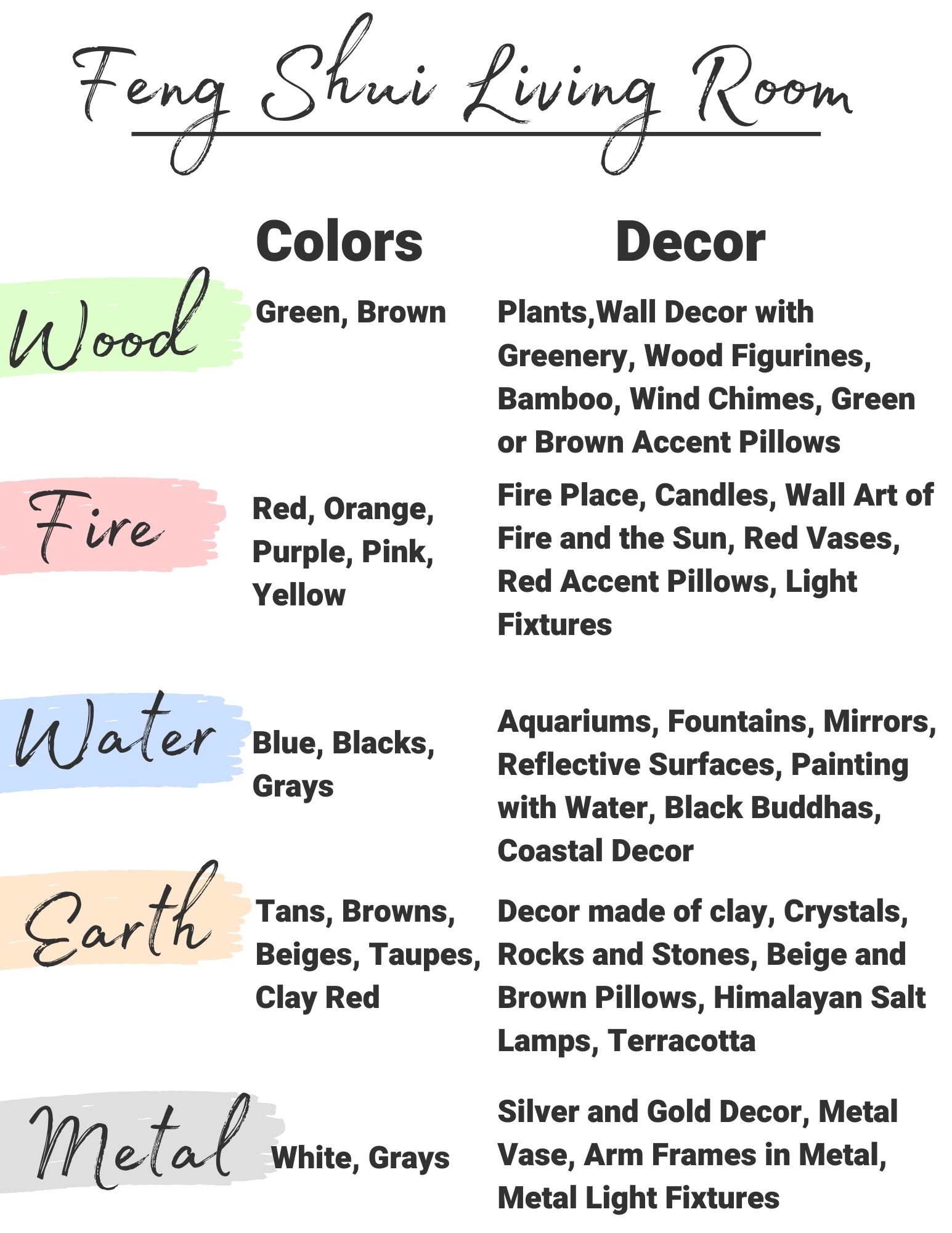
Decorating with the Elements
Wood
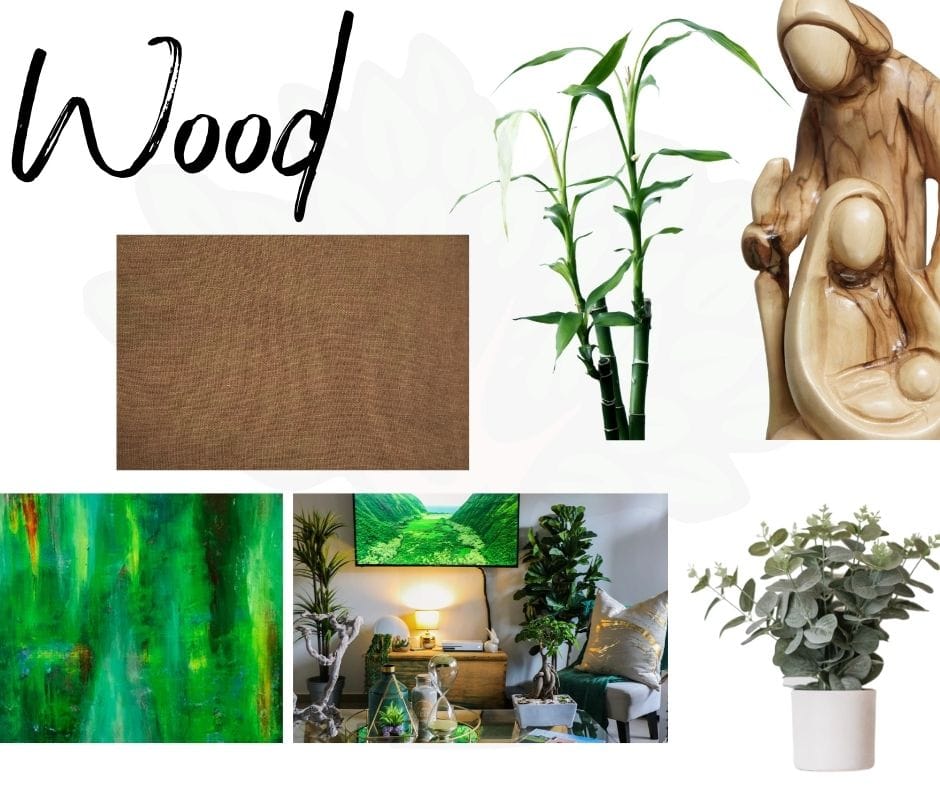
When we think of wood, it represents growth and stability. You can harness your creative side using this element and get a representation of growth, strength and vitality.
On the opposite side, if you’re feeling overwhelmed in a space or inflexible, it can be caused by this element. So make sure to keep a space balanced by using it in the right amounts.
To design with this element you can use shapes that resemble tree trunks and the vibrance of flowers and leaves. You can use cotton and natural fabrics as well as furniture with exposed wood.
Living Rooms with a Strong Wood Affinity
Fire
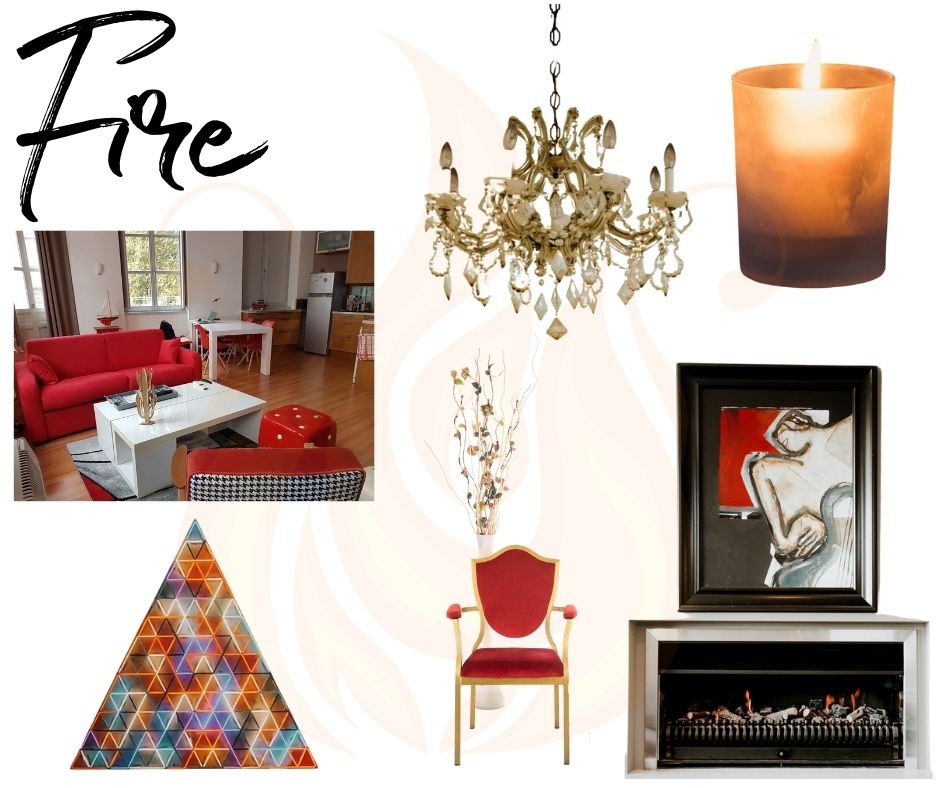
As fire burns with passion, it’s the element that inspires leadership and ignites enthusiasm. If you love bold design, this is the element for you.
The colors represented by this element are oranges and reds and the shapes are triangles.
As fire emits lights, lighting is represented by the element. So you can add lamps and chandeliers to add this element to a space.
Some other ways to incorporate this element are candles, sunlight and even electronics that emit light.
Living Rooms with a Strong Fire Affinity
Water
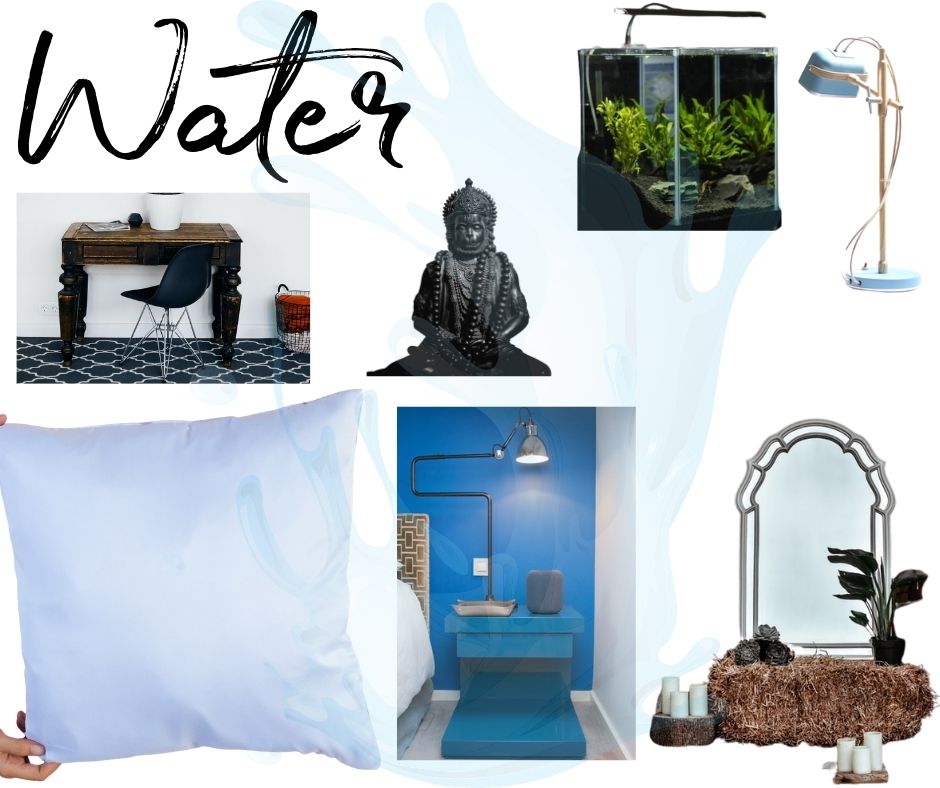
Water flowing represents emotion, wisdom and to realms beyond ours. If you’re a spiritual person you’ll be naturally drawn to this element.
The most straightforward way to add this element is by adding water to a space. It’s connected to blue colors and wave shapes.
Darp deep colors, Blacks and reflective surfaces are also part of this element. You can add mirrors, fountains and aquariums as well.
Living Rooms with a Strong Water Affinity
Earth
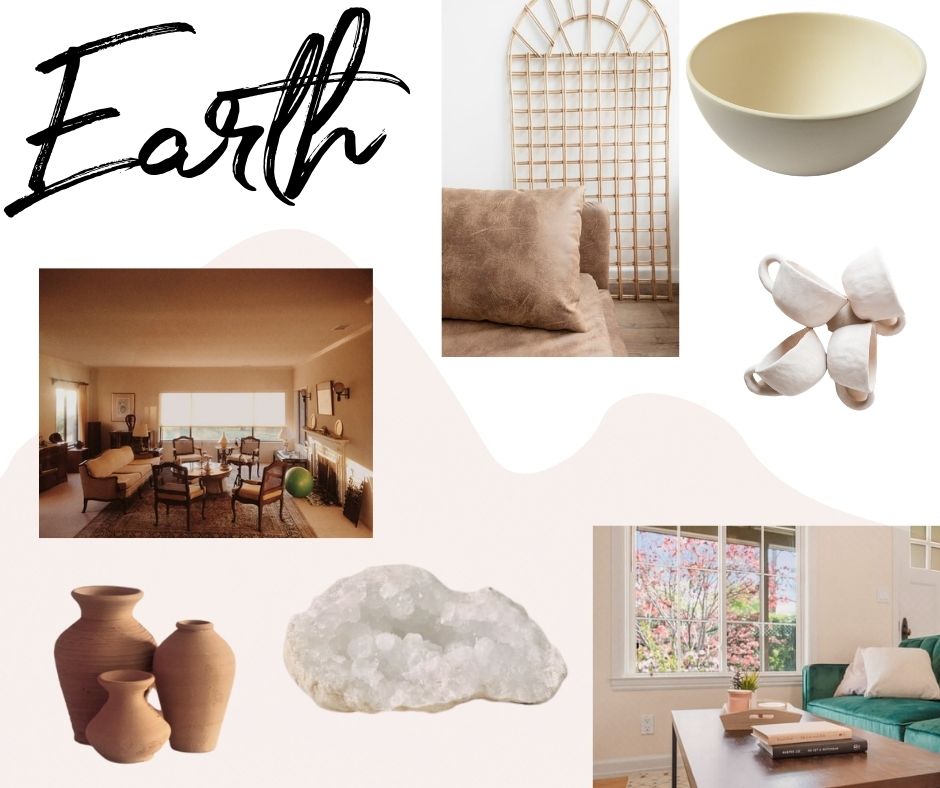
When you feel your feet on this earth you feel it’s strength, balance and stability. As such, these attributes are represented by this element.
However, avoid adding too much of this element as it can cause disorganization and chaos.
To decorate with this element add colors in earth tones like browns, greens and beiges. The shapes represented are squares and rectangles with low flat surfaces and wall art of landscapes.
Living Room with a Strong Earth Affinity
Metal
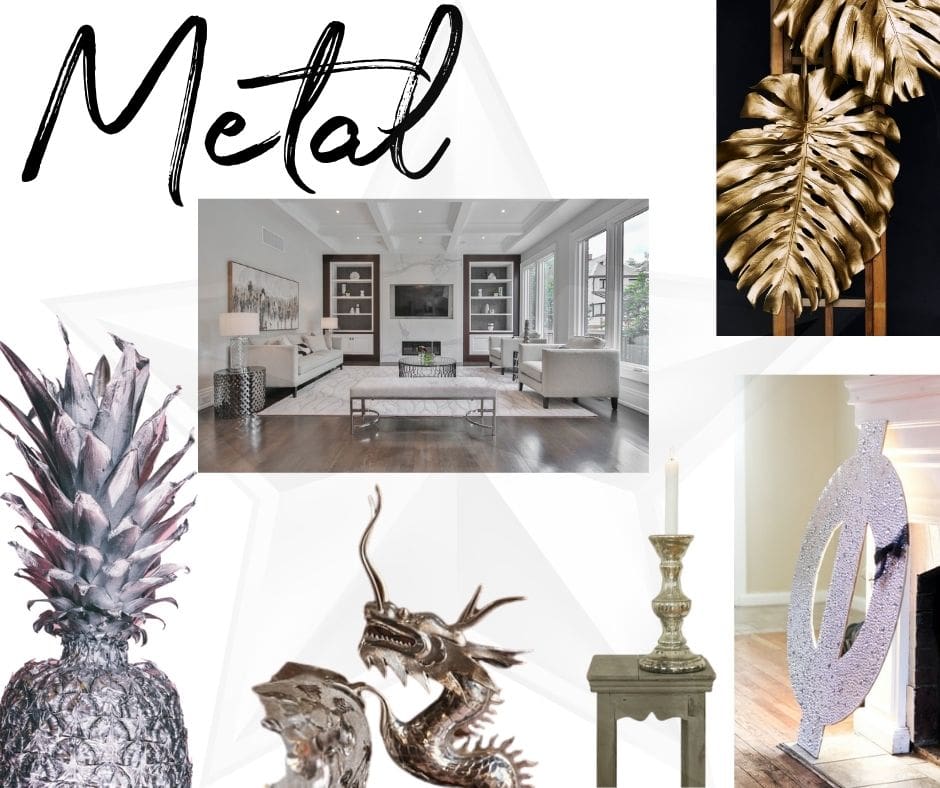
Metal is vibrant and stunning which leads it to represent clarity and what is logical. It also displays joy, precision and beauty.
To decorate with this fabulous element, you’ll be using round and oval shapes and anything with metal in it like gold, silver and chrome colors.
Rocks and stones are also represented in this element and the colors are white, grays and pastel colors.
Living Rooms with Strong Metal Affinity
How to Put these Elements Together in the Living Room
Having an understanding of the purpose of each element you’re ready to implement them with balance in your living room.
Keep in mind that furniture can have more than one element represented in them. Such as a low wood and glass coffee table or furniture with exposed wood mixed with fabrics.
Always start by adding the largest pieces of furniture and work your way down to accent items. Try to balance one large piece of furniture that carries a heavy weight of one element with other smaller pieces of different elements.
As you work your way to the smaller pieces of decor you can fill the in the gaps to create a harmonious living space.
What to Keep in Mind When Decorating a Living Room Using Feng Shui
Having good feng shui in your living room means having a space that flows at the heart of where your family gathers. You’ll create a cozy and inviting space that promotes communication and bonds.
This will harness the power of chi to create the best energy for you and your close ones to enjoy.
14 Tips From Feng Shui Experts for Living Rooms
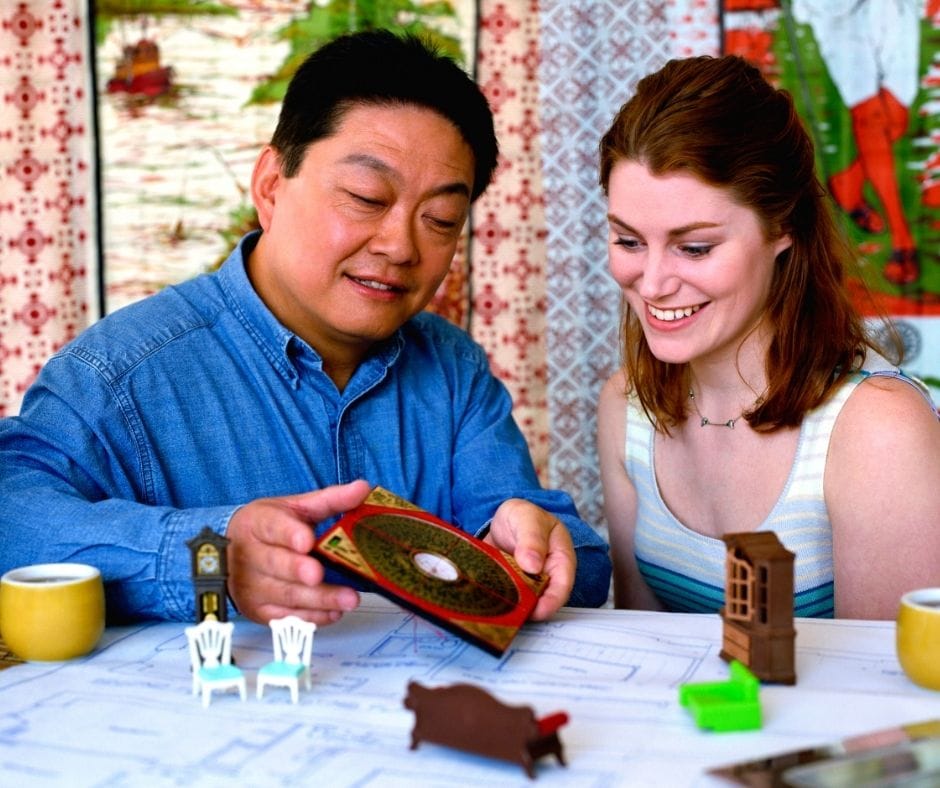
1. Don’t Walk in and Immediately See the Back of a Couch or a Chair
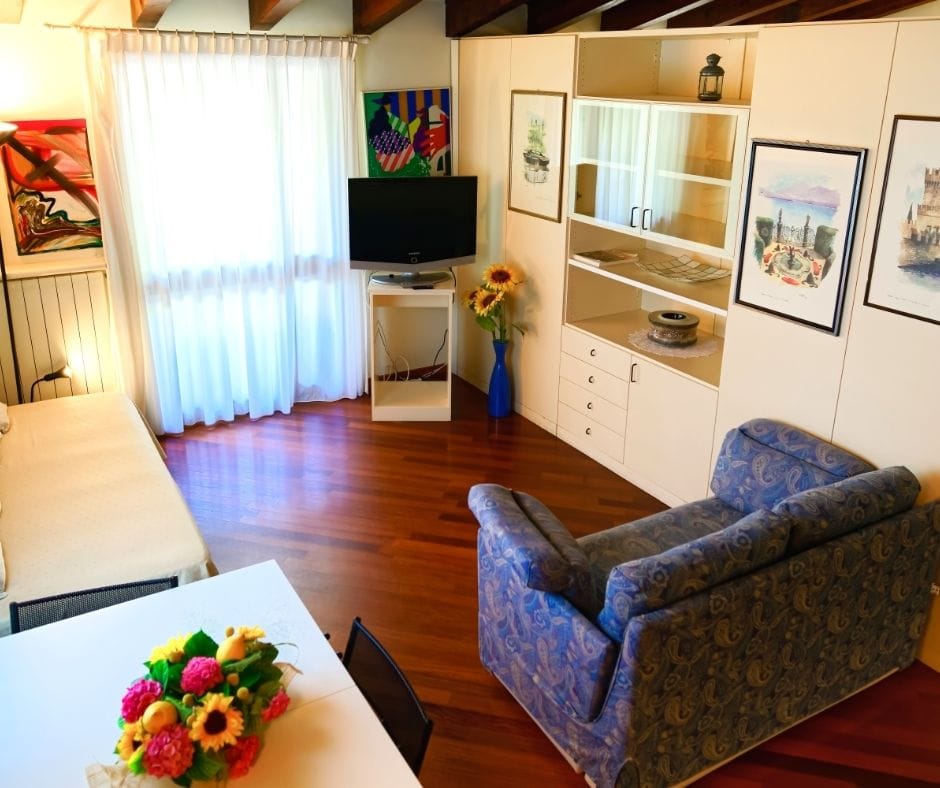
Your Living Room in Feng Shui is symbolic of your personal joy, your social
life and fun – however you define fun. AND you don’t want to stop the fun
before it even starts.
To prevent this, make sure the first thing you see when you walk into your
Living Room is NOT the back of your couch or chair. If this is the case,
try to move it to another location.
If that is not possible, put a nice blanket or throw on the back of it to make it feel more welcoming and less
abrupt.
2. Try Not to Place Furniture that Would Have Its “Back” to a Window
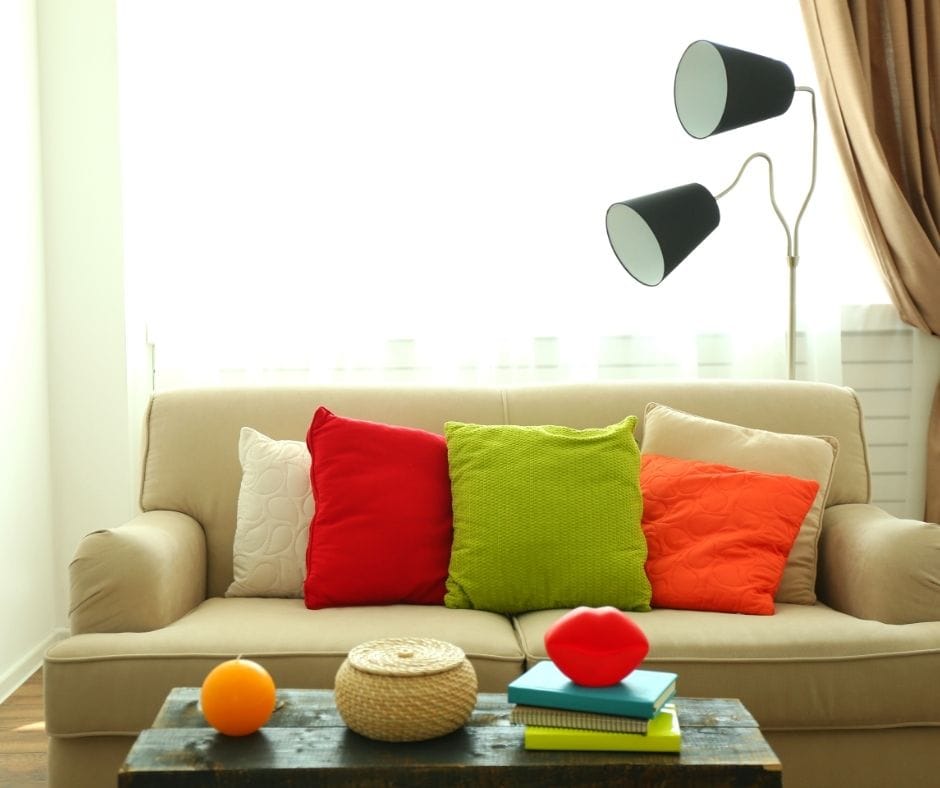
You want your Living Room to feel like you, your family or your guests
would enjoy staying for a while. Interestingly, how long people stay is
often directly related to how comfy they are and how safe they feel. One
way people, often unconsciously feel unsafe, is when their back is to a
window.
We as humans do not like the feel of something being able to sneak
up behind us (even what sneaks up behind us is on the other side of a
window).
People – and animals – feel most comfortable and cozy when their back is
against a solid wall. Try to arrange the furniture to avoid chairs and
couches with backs to windows. If this is not possible, consider adding
blinds or curtains that can be closed.
Another option is to put red tape at
the top of the window frame or below the window sill with the intention of
keeping outside energy – out and inside energy – in
3. Remove Reminders of Work, Chores, Laundry, Bills and Any Other Things Not Related to Relaxation and Fun

As the Living Room in Feng Shui (and life) is the place for relaxation and
fun, all imagery, to the extent possible, should feel relaxing and/or fun.
For this reason, remove any objects, images or memories that remind you of
not-so-amazing responsibilities.
This doesn’t mean you can’t fold laundry
in here while you watch Netflix. It just means the laundry should stay in
there only for the time needed to fold it – and finish the Flix.
4. Add Reminders of People You Enjoy, Happy Memories and/or Activities You Would Like to Do
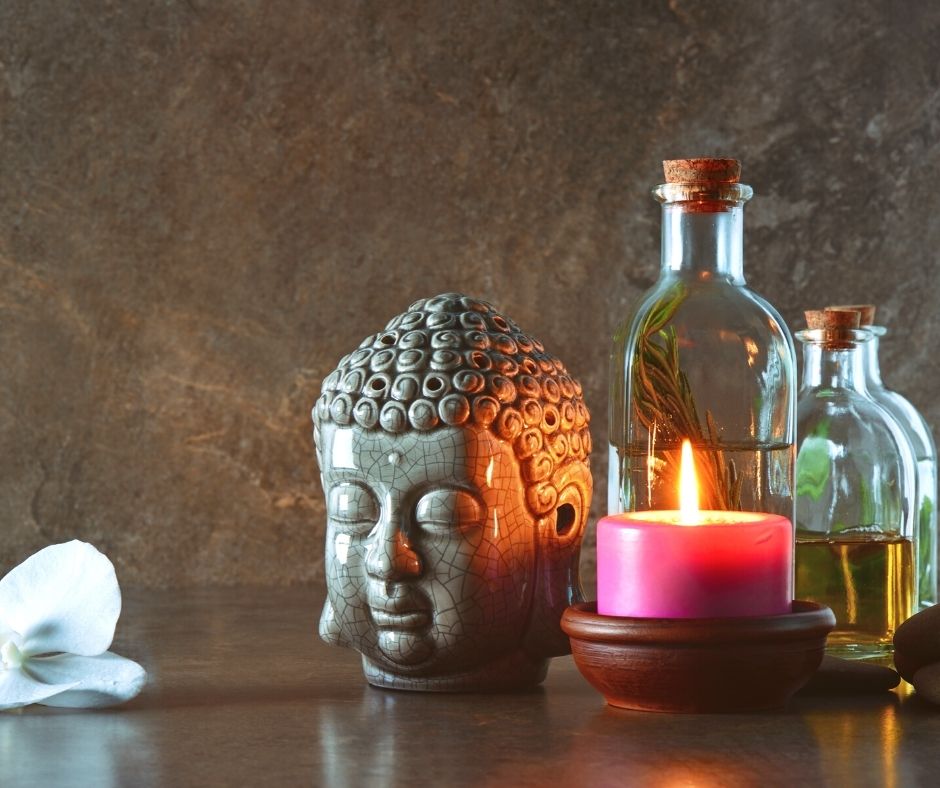
Just as you want to remove reminders of not-so-wonderful things in life,
you want to add objects, imagery and symbols of fun times you have had and
look forward to having. Seeing images of happy times helps ensure happy
energy AND that such times keep coming your way.
5. Don’t Put the Couches / Chairs at Right Angles to Each Other
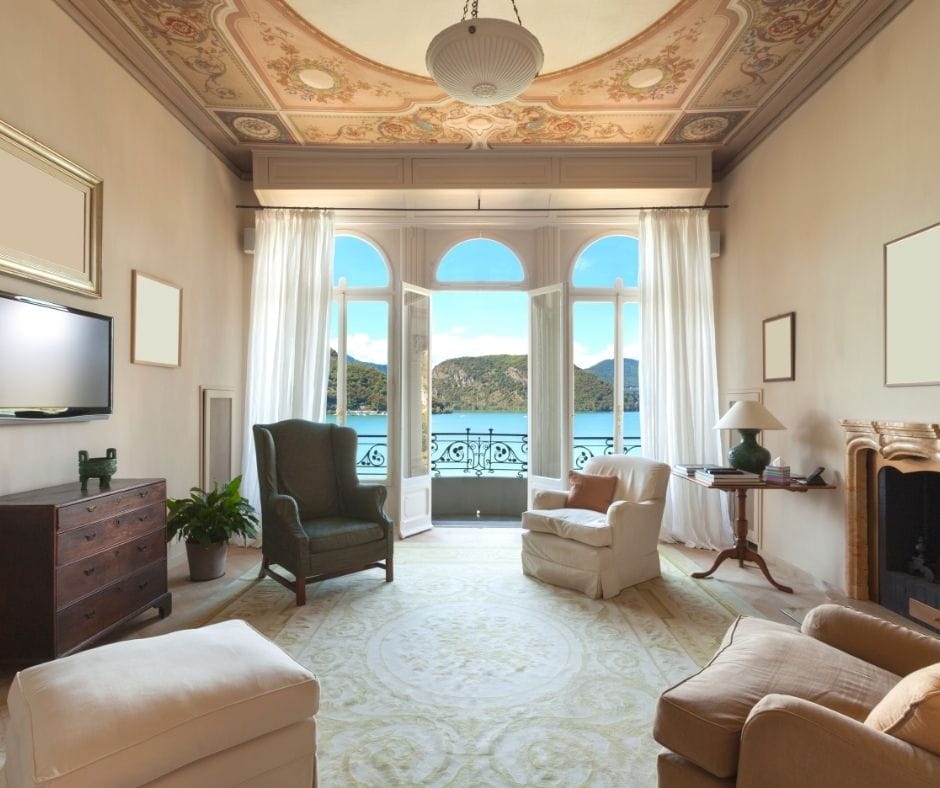
Living Rooms or other sitting areas where the chairs and couches are at 90
degrees to one another often have households with more conflict than Living
Rooms where couches and chairs are directly across from each other.
If you have multiple pieces of “sitting” furniture, some across from each other
and some at 90 degrees from each other the best thing you can do to achieve
optimal Feng Shui is have the most frequently used furniture directly
opposite each other.
6. Don’t Make the TV the Focal Point
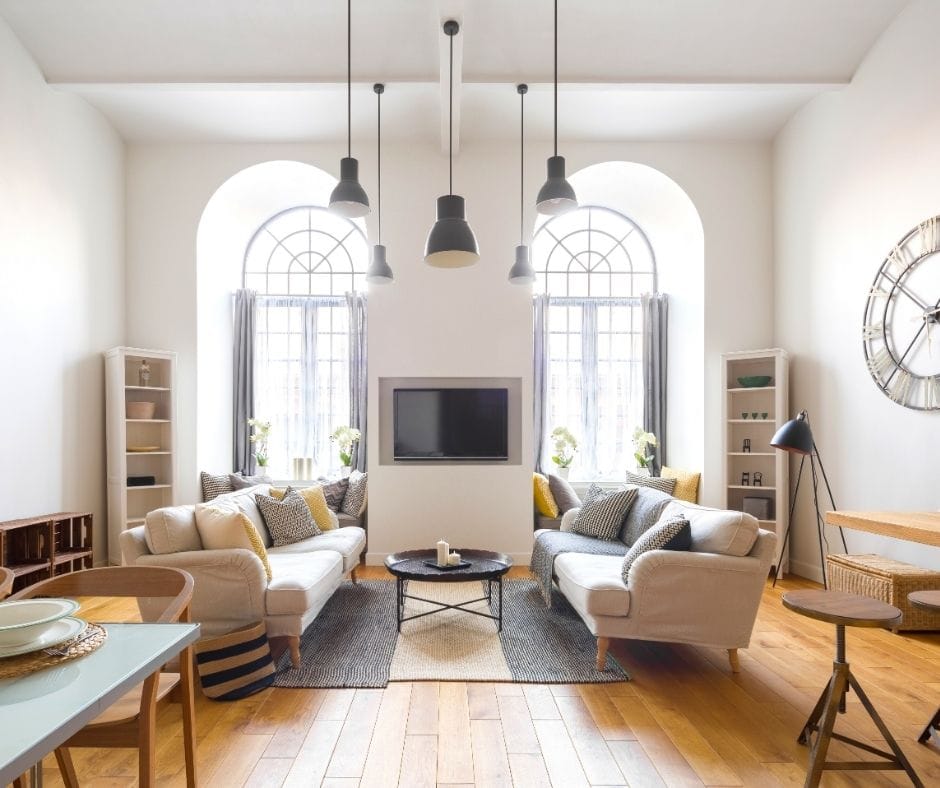
The Living Room should be about thoughtful engagement either alone or with
others. There is little to nothing about a TV that can be classified as
“thoughtful engagement”. With that said, try to not have it be the focal
point of the room.
Consider moving it to an area of the room where it is
not what is naturally seen when people are seated, put it on a cart to roll
it in and out as needed or consider concealing it within a cabinet
7. Open Windows and Curtains Frequently
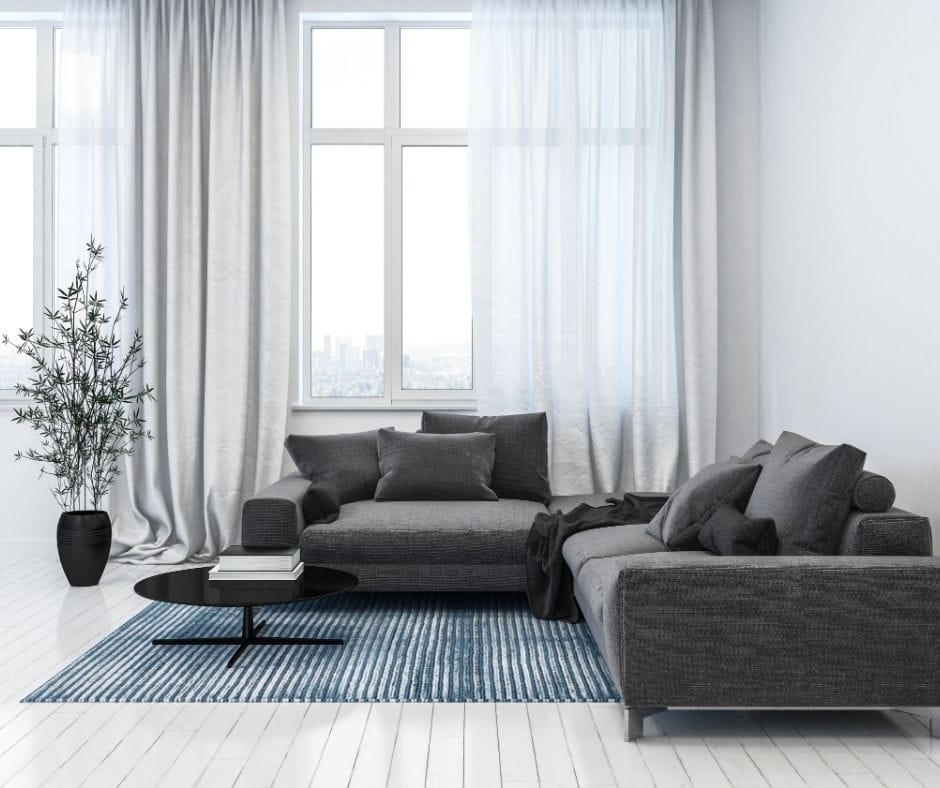
Fresh air and bright light = fresh and bright energy. To the extent
possible, open your curtains or window treatments daily and open windows at
least a few times a week, if not daily, as outside temperatures allow.
8. Hide Pictures of Family / Friends Who You Would Like to Have Better Relationships With – in The Living Room
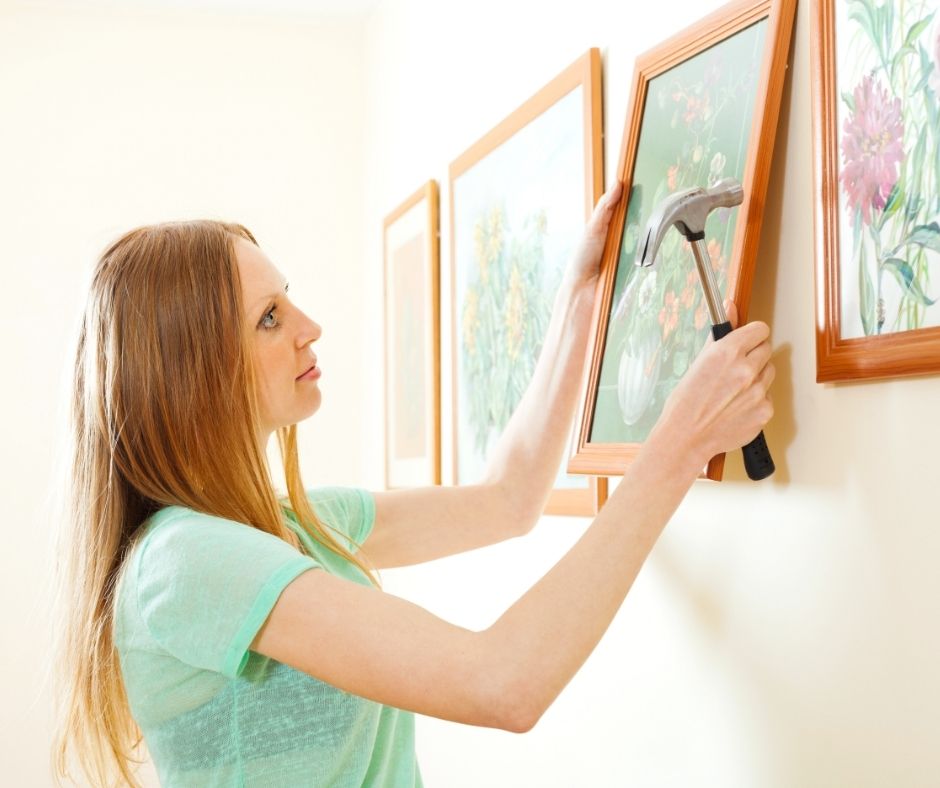
The Living Room is one of your home’s most happy places to hang out with
friends and family. Unfortunately, we don’t always feel happy about all of
our friends and family. If you are looking to repair damaged relationships,
or at least feel more comfortable sitting in the same room as someone, put
a photo or reminder of them in the Living Room.
Good News Feng Shui can help!
This photo or reminder does not have to be seen to work, so feel free to
stash it in a book, in a drawer, behind something hanging on the wall, etc.
Extra Credit if you put this photo or reminder in the Family area or the Love
& Marriage (love can also be the platonic kind) of the Living Room.
To locate the Family area in Feng Shui, go stand in the entrance of your
Living Room and face into it. Look at the left most side of the room and
mentally divide this area into three equal (or equal-ish) sized areas. The
middle area is the Family area.
To locate the Love & Marriage area in Feng Shui, go stand in the entrance
of your Living Room and face into it. Look at the far wall. Mentally divide
it into three areas. The right most area (or the far right area from the
door) is the Love & Marriage area of the room in Feng Shui.
9. Declutter
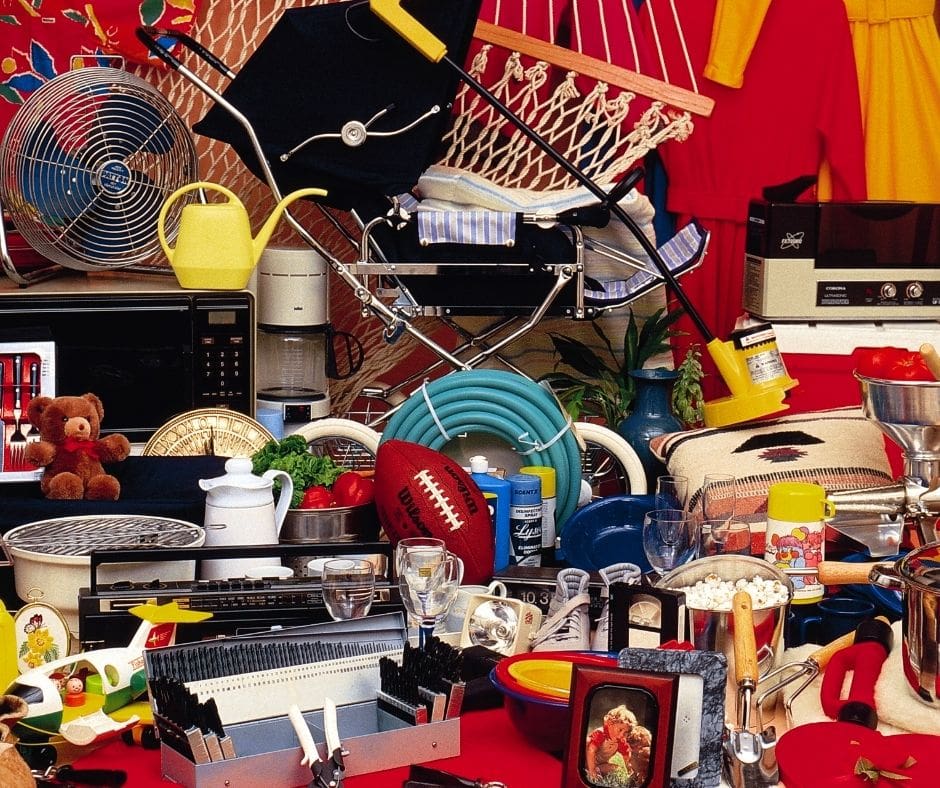
Sometimes when your social life and/or outside-of-work life is
not-so-fabulous your Living Room isn’t too fabulous either. And many times,
the Living Room is not-so-wonderful because of all the stuff in there –
that doesn’t belong there. Start with a corner or a drawer and take a look
at everything in this area.
With each item, ask yourself, “Do I love this
dearly or use it yearly?” If the answer is yes keep it. Then ask yourself,
“How does this item support my social life / personal enjoyment outside of
work?” If it does support it, leave it in the Living Room.
If it does not
support it, put it in the logical area it belongs in your home.
10. Consider the Type of Energy You Want in the Living Room and Choose Colors, Artwork and Accessories Accordingly
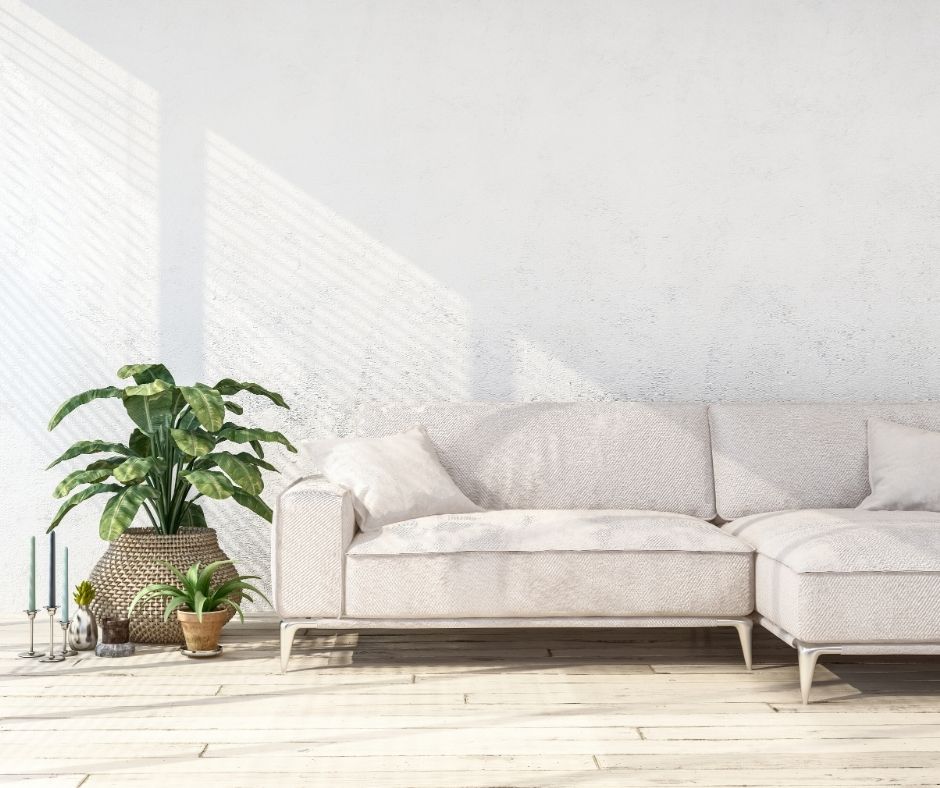
Some people want their social life and non-work activities to be quiet,
calm and soothing. Other people want them to be energizing and vibrant.
Based on what is best for you, choose room colors (earth tones, grays,
neutrals for calm environments and brighter more energetic colors for more
lively environments), art and accessories for the energy level you want.
Don’t be afraid to mix neutral wall colors with energetic art, accessories
and furniture.
11. Have Chairs with Backs on It
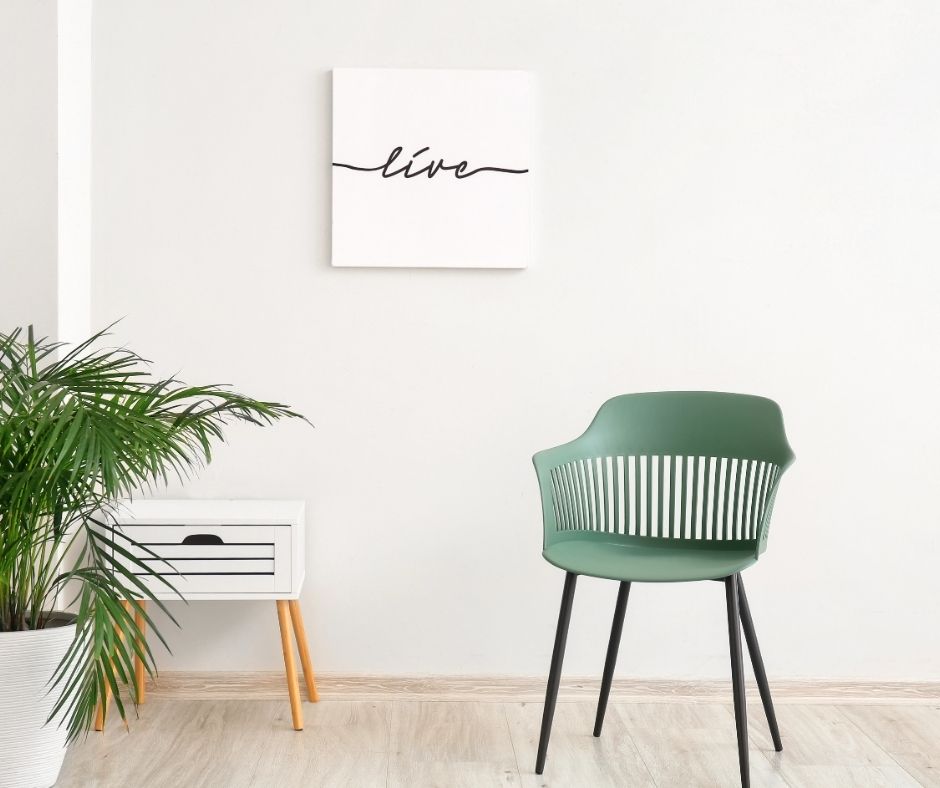
Can we be brutally honest for a second? Nobody, and I mean nobody, wants to
sit at a dining room table or on a piece of living room furniture that
doesn’t have a back on it.
There are two reasons for this – first and
foremost – they contain exactly zero comfort and secondly, as stated above,
people are most comfy and feel the safest when they have something solid at
their back.
12. Leave All Shelves, Tables, Mantles, Walls and Surfaces 50% EMPTY
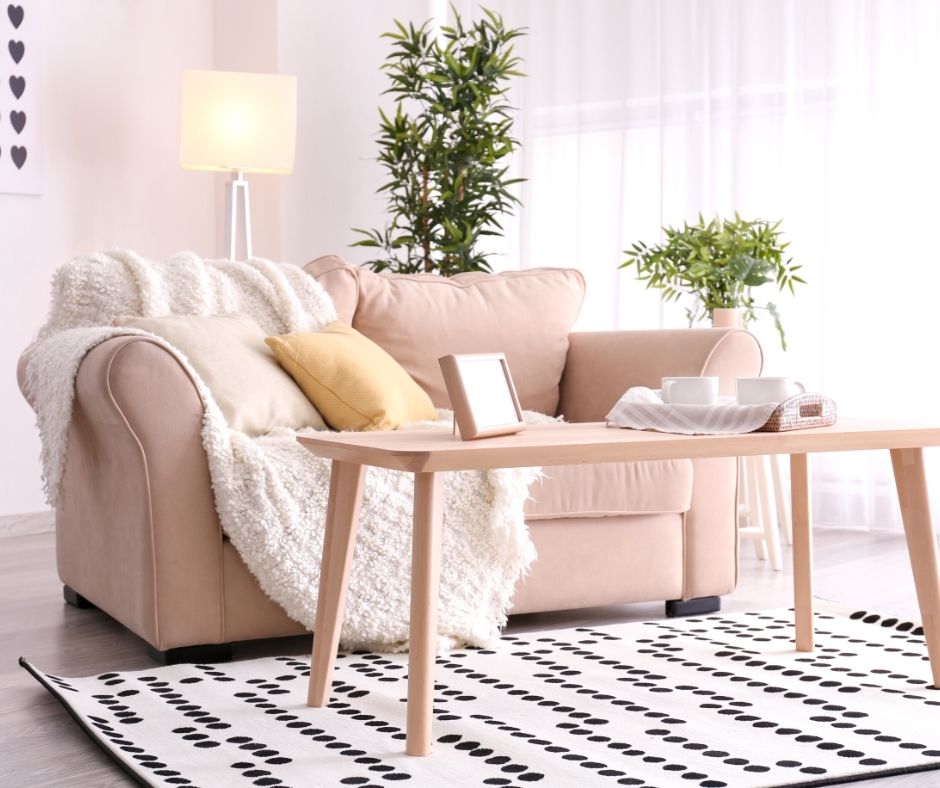
For Feng Shui to work, energy needs to flow freely and easily – and energy
cannot do that if it is perpetually running into a storm of knick knacks.
Look at the different surfaces, tables, mantles, shelves etc. and
declutter them
until they are 50% empty.

These tips were provided my interview with Linda Rubright owner of www.happyhousefengshui.com
The living room is one of the most important living areas in a house. Therefore, it should not be surprising to find that implementing feng shui in this area can sometimes be complex.
But there are some basic things that homeowners can do in the living room for good feng shui. Here are just 2 of them.
13. Area with the Most Lighting in the House
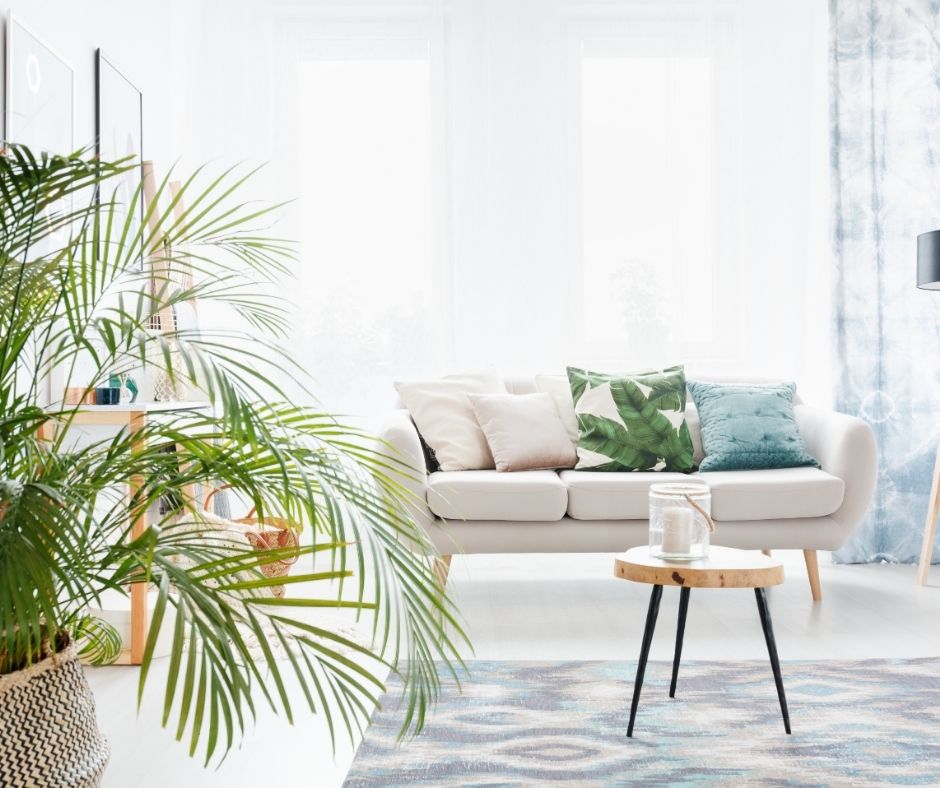
It would be best if the home design allows sufficient natural light into the space. In fact, the preference is for the living room to be the area that enjoys the most natural light. This is because this space in the home area is supposed to see the most resident activity.
The more natural lighting, the most yang energy residents would be able to tap on. If a living room is not the brightest area of the house, the more lighting fixtures or brighter lighting should be installed to make it the brightest.
It is not necessary to make this place as bright as the sun, but it should be the brightest part of the home interiors.
14. Keep Stove out of Sight From the Living Room
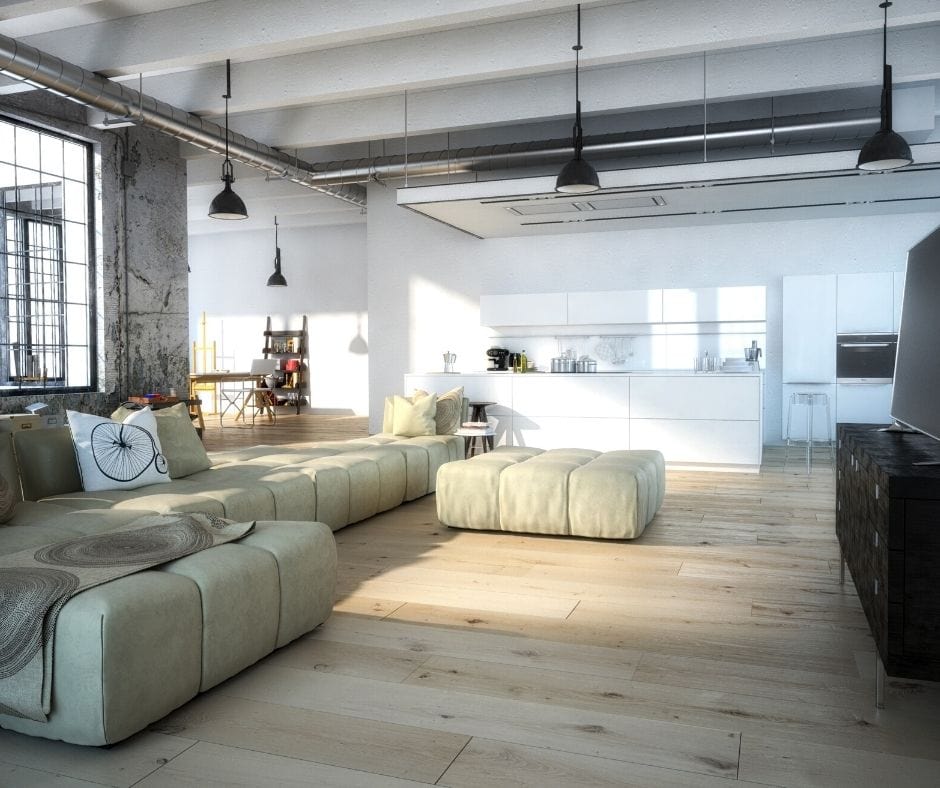
The stove belongs in the kitchen and is understandably of fire energy. It should be out of sight when a resident is in the living room.
Especially when seating on the couch.
If the stove is in sight from this area, then the household can expect people to be temperamental and moody. Creating conflicts and encouraging disharmony among household members.
I must add that proper feng shui of a living room would also account for formula feng shui which takes into consideration compass directions. Generic advice on this aspect that applies to all living rooms is not possible.
But in the absence of formula feng shui, applications that take into account the forms as listed above can be enough to prevent negative energy from accumulating in the living room.
These Tips were provided by Eddie Tee from fengshuied.com


